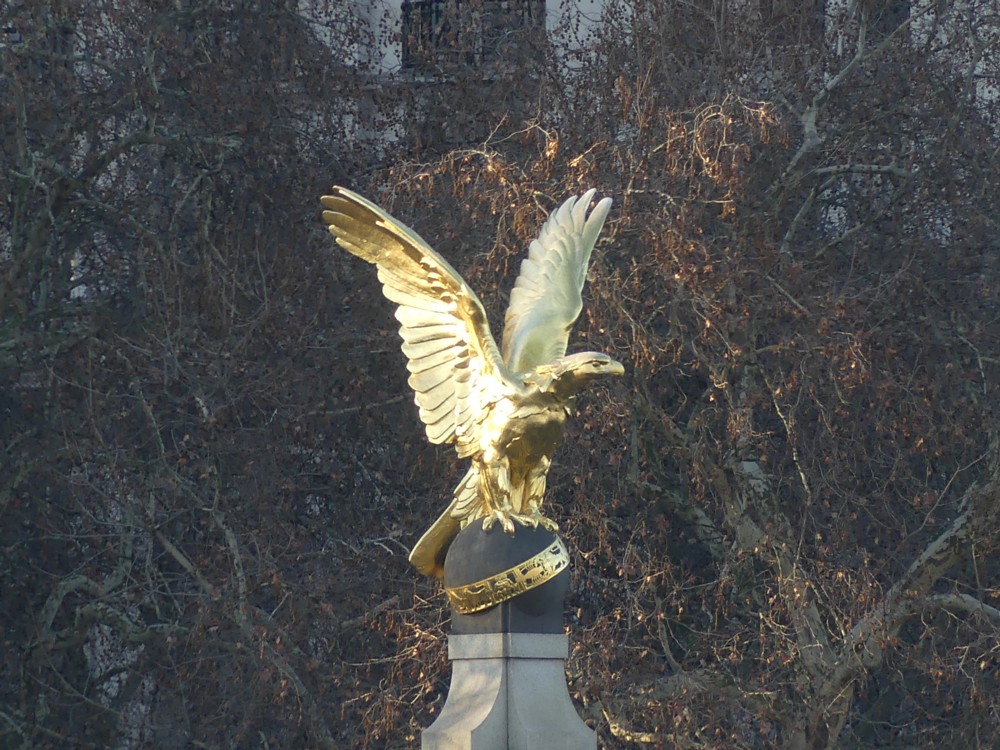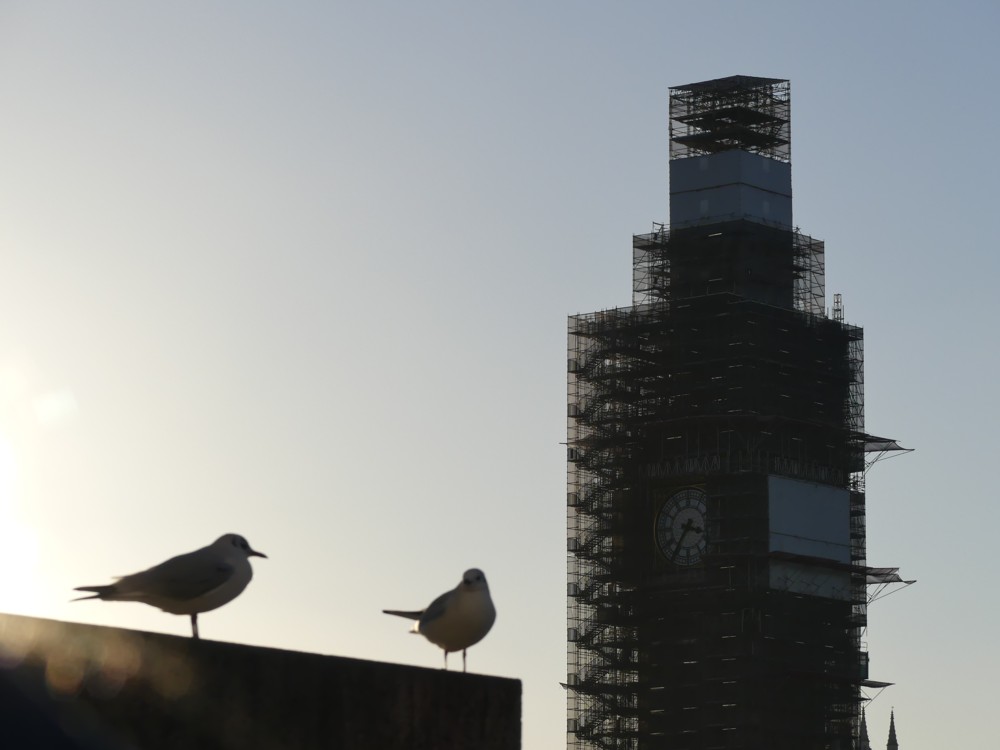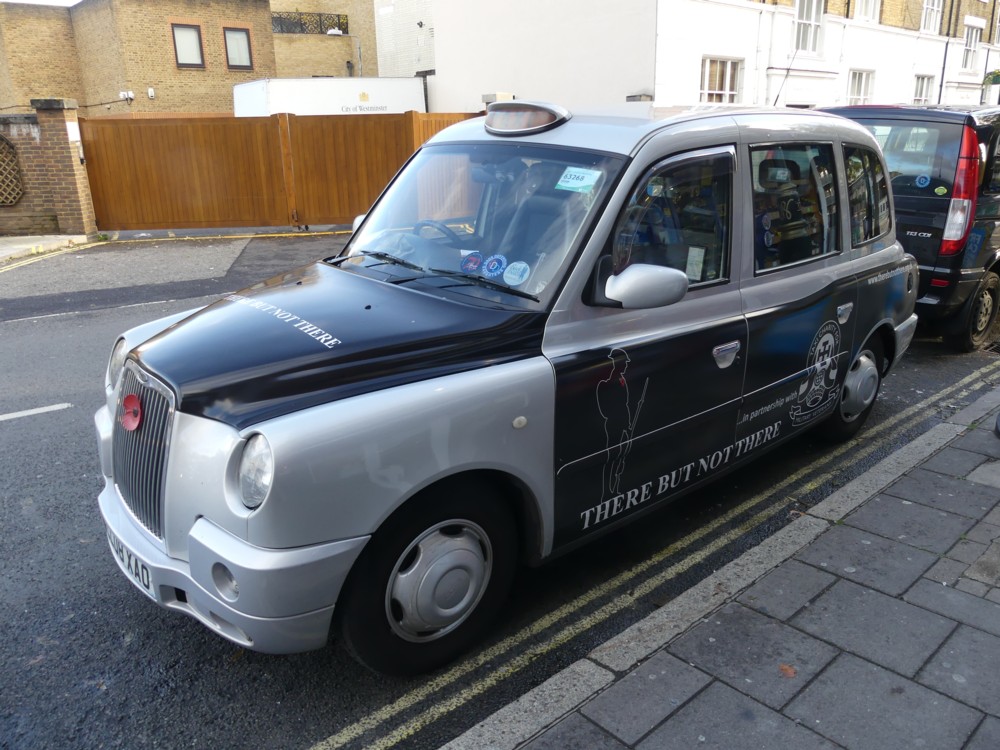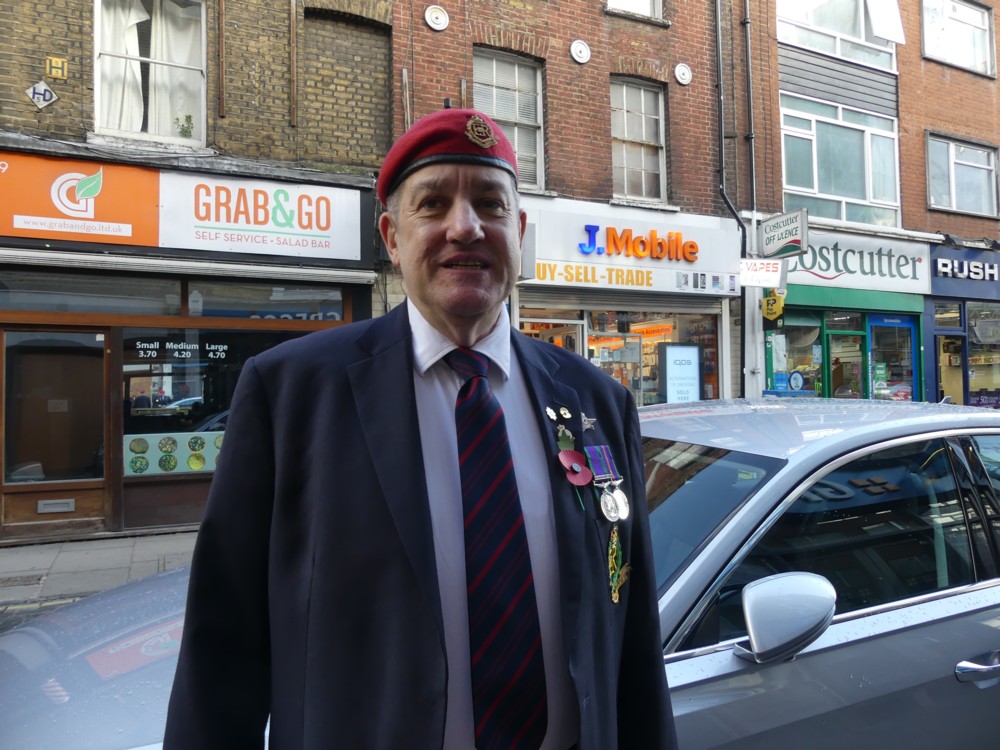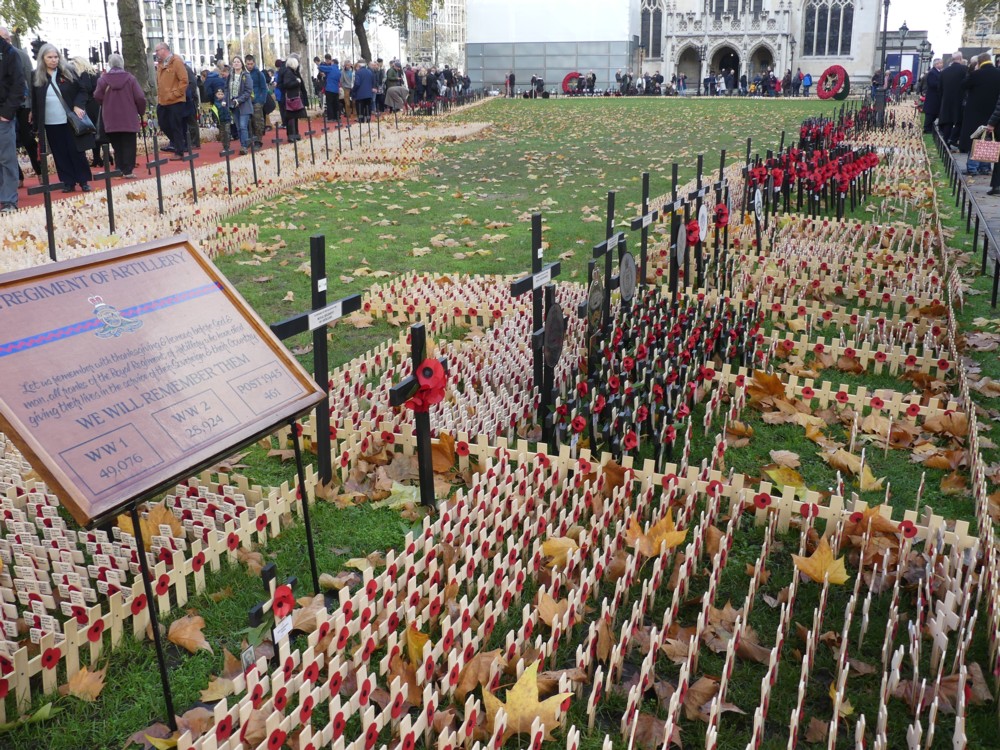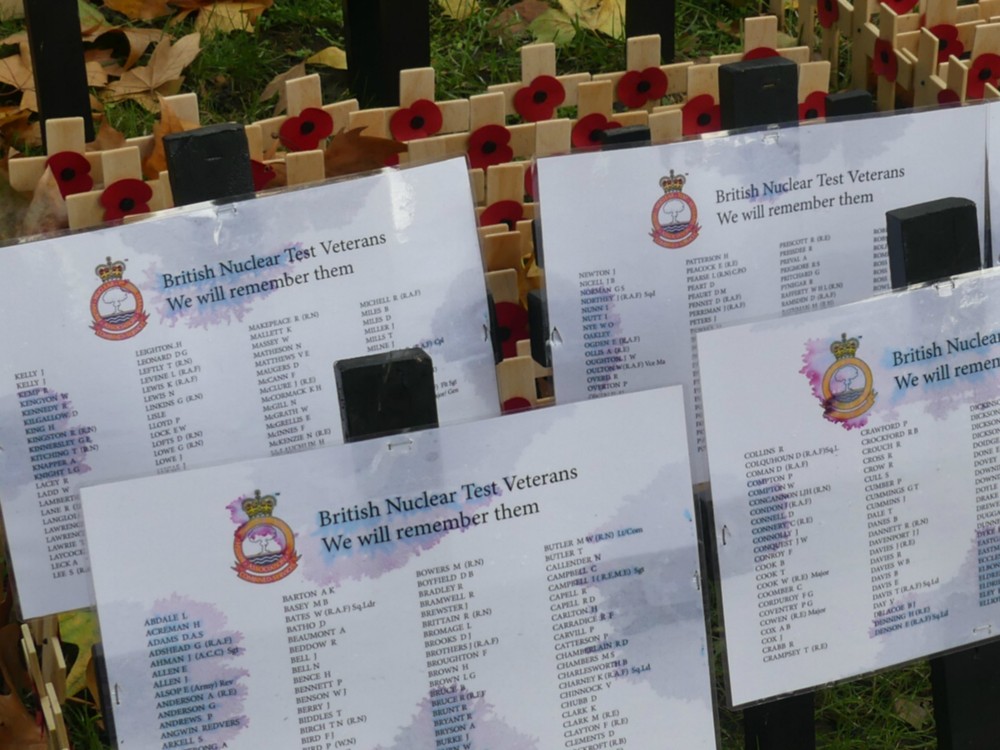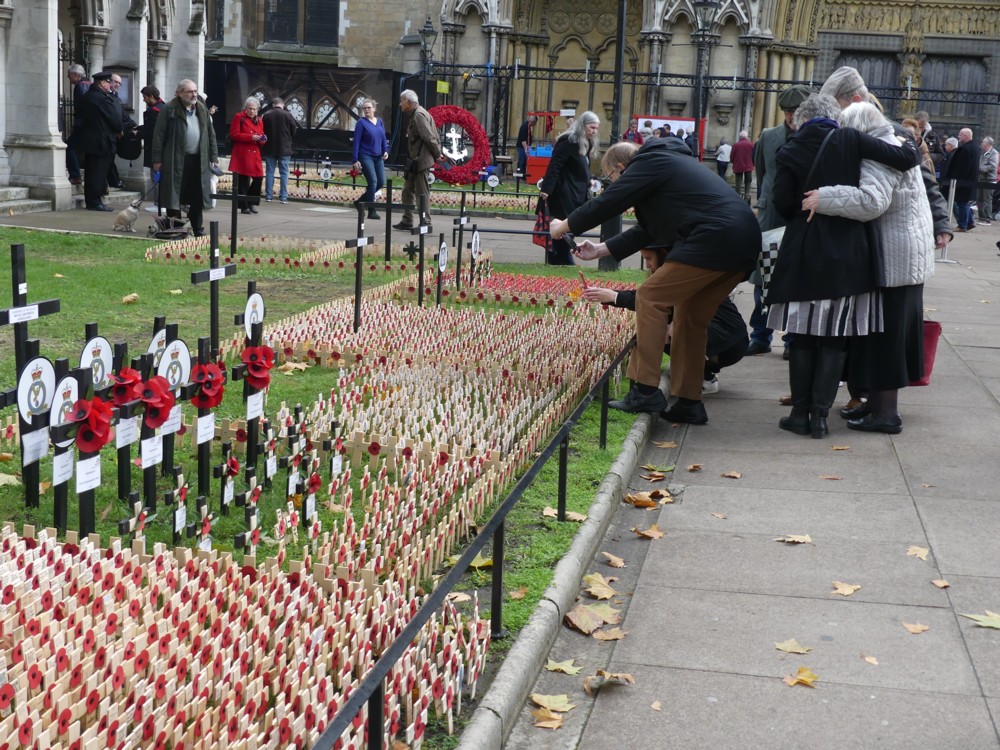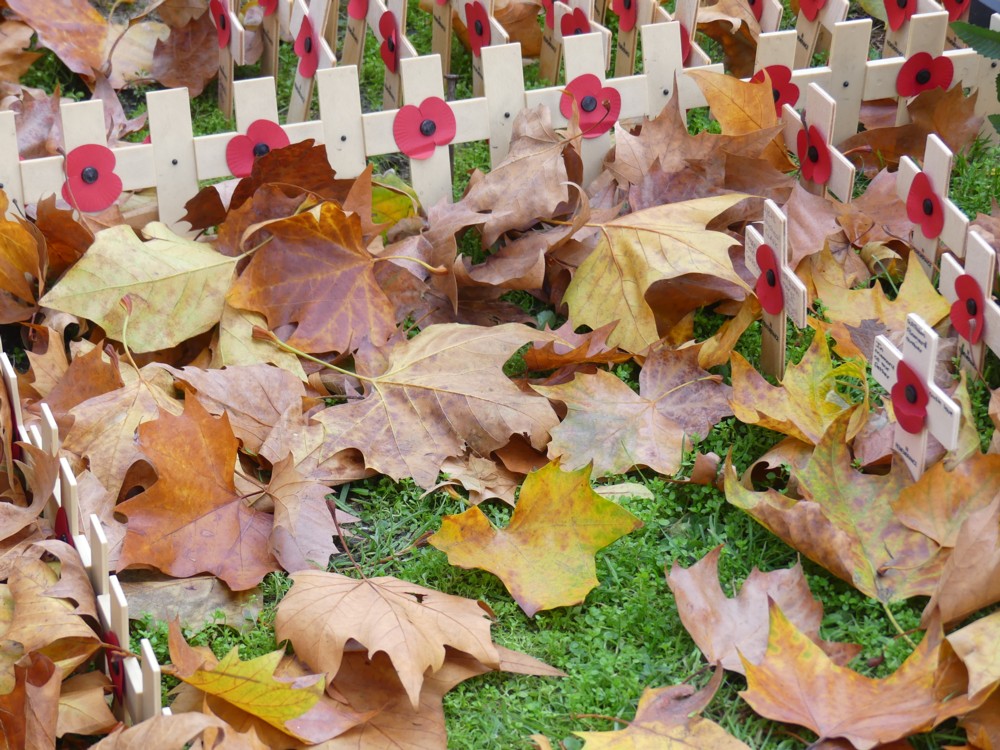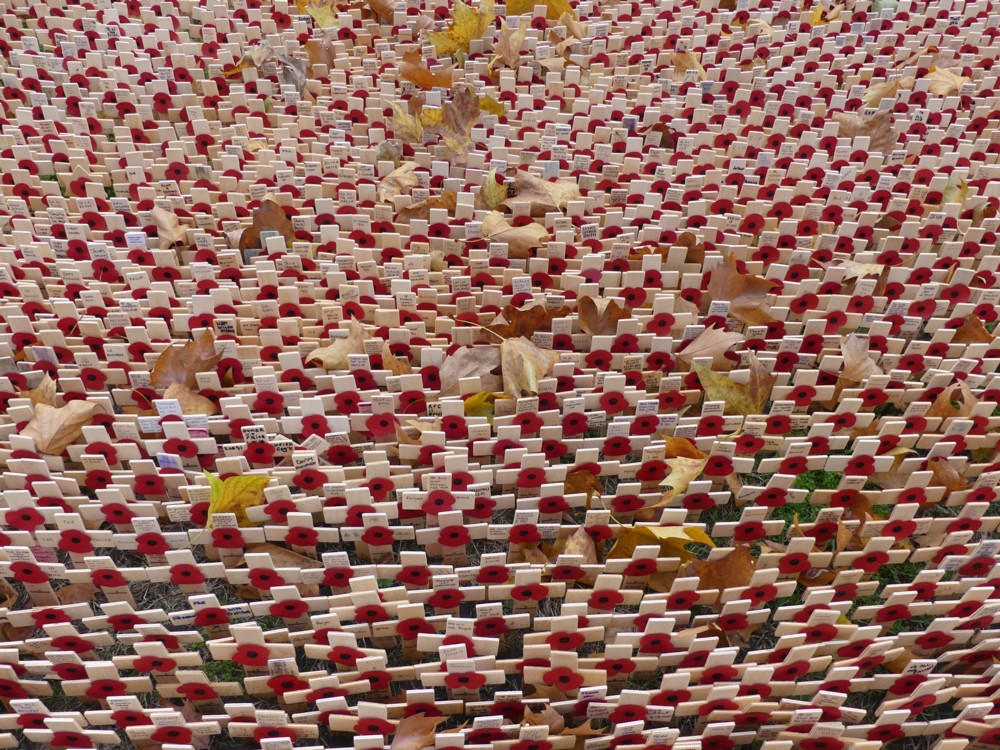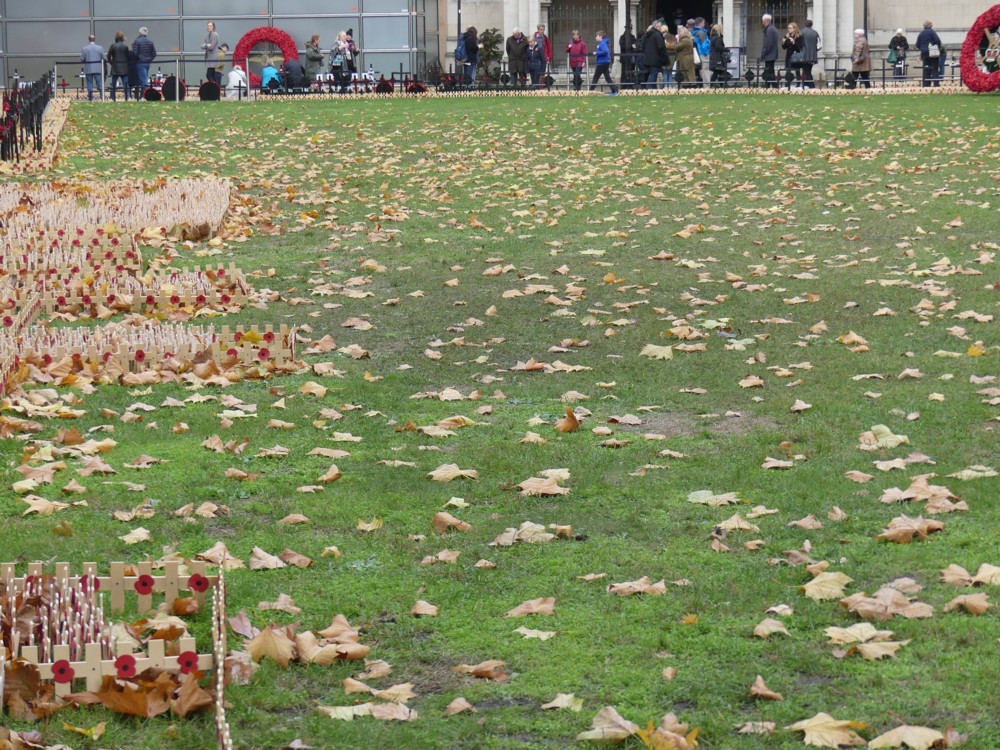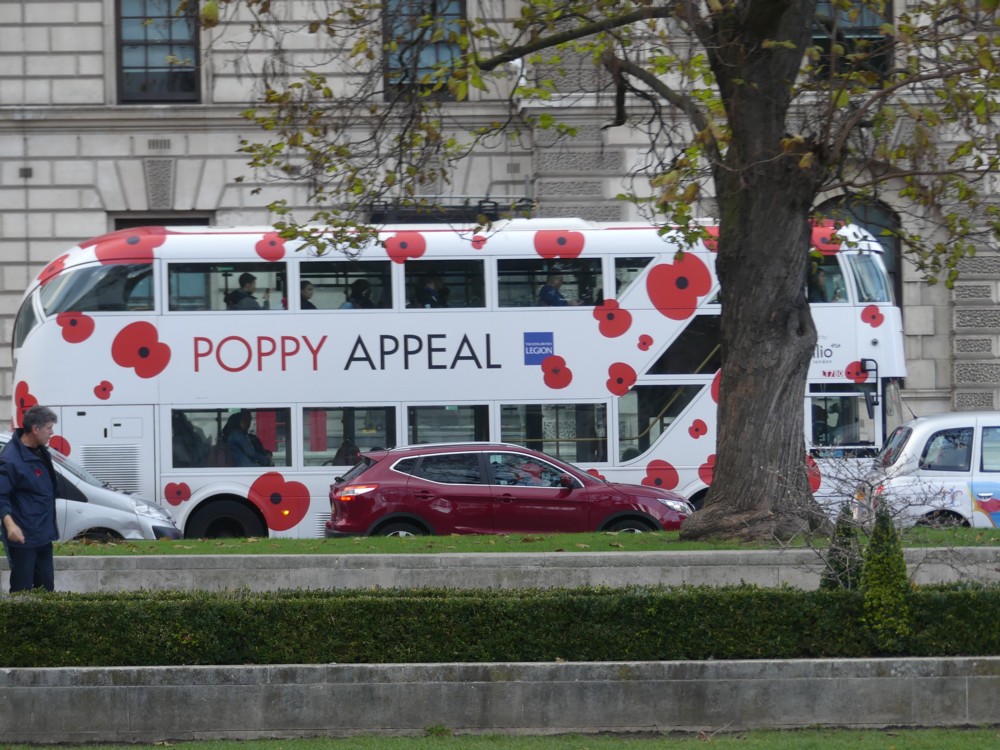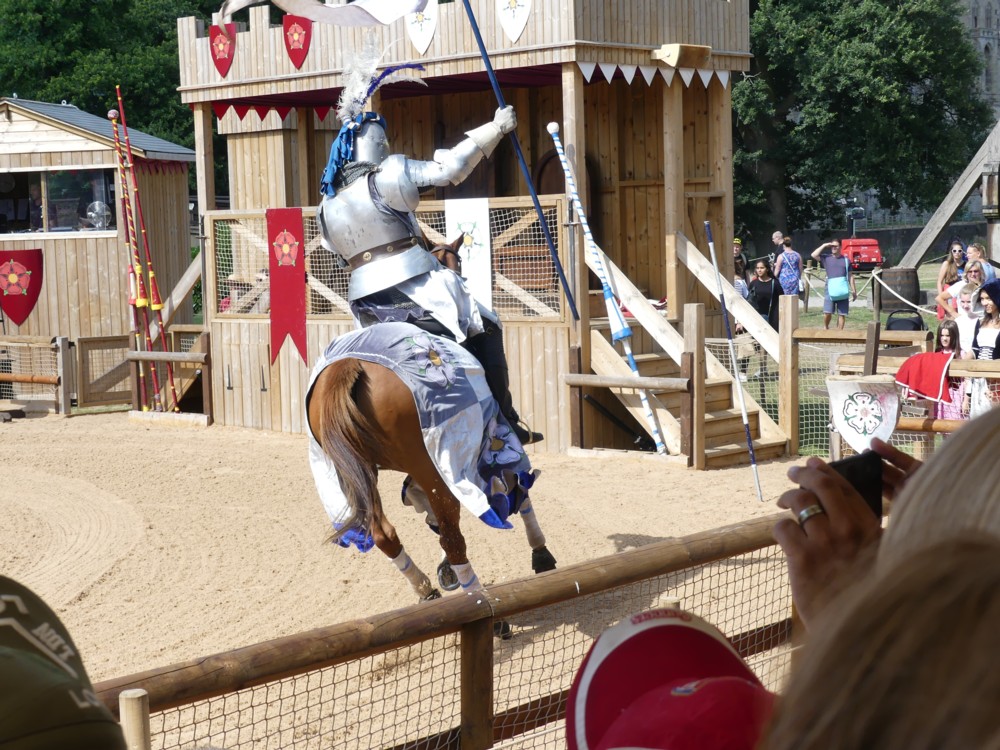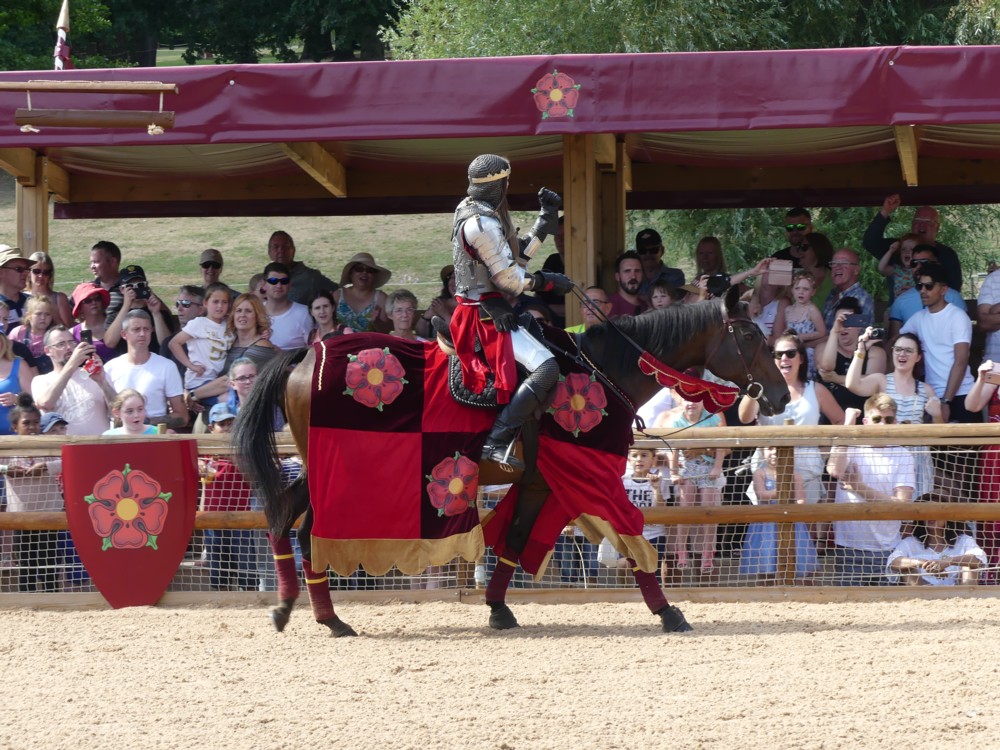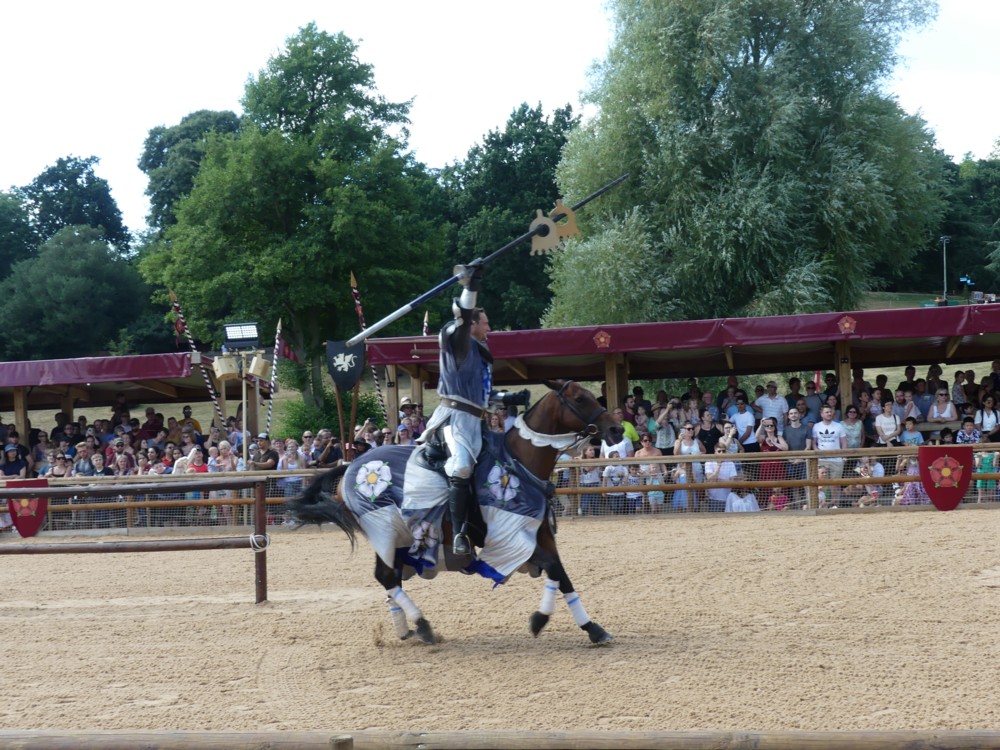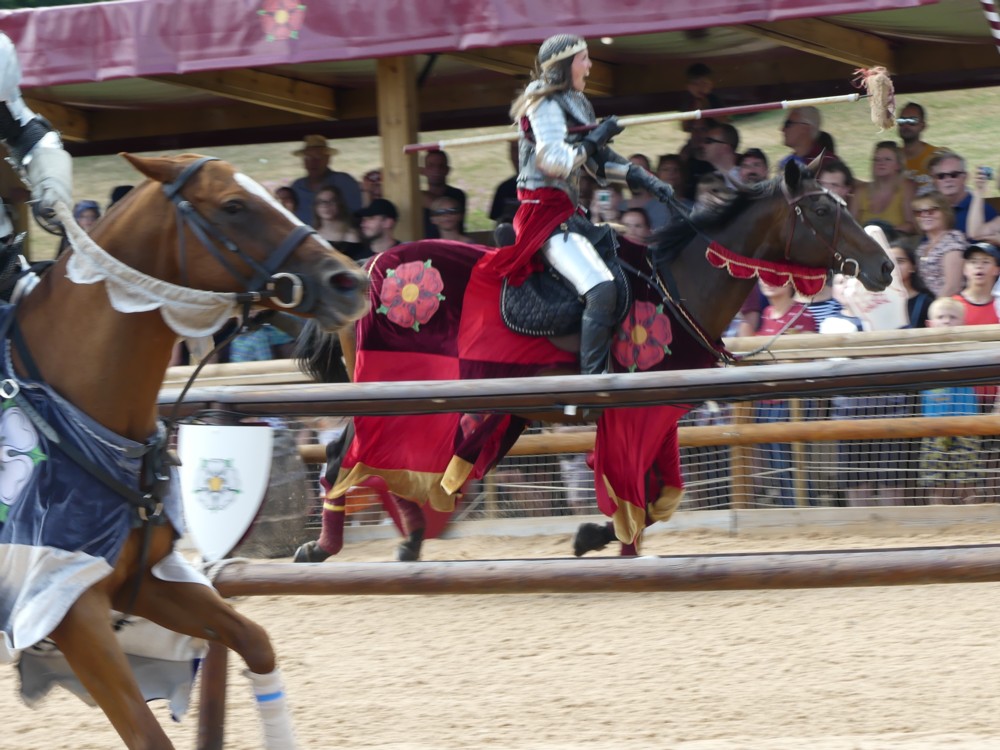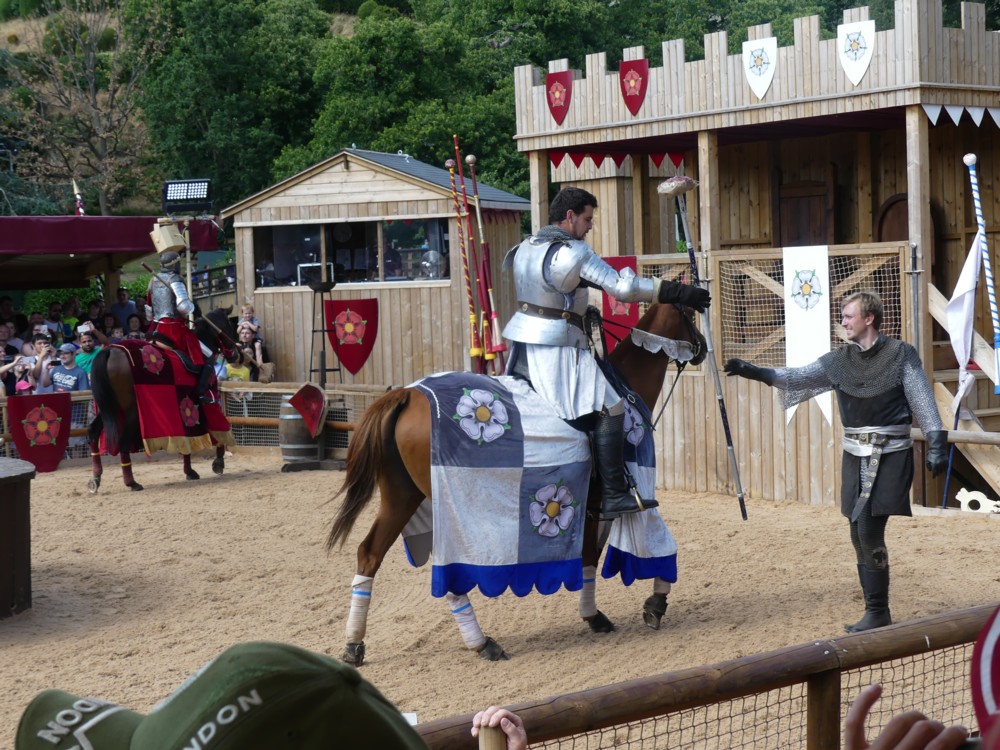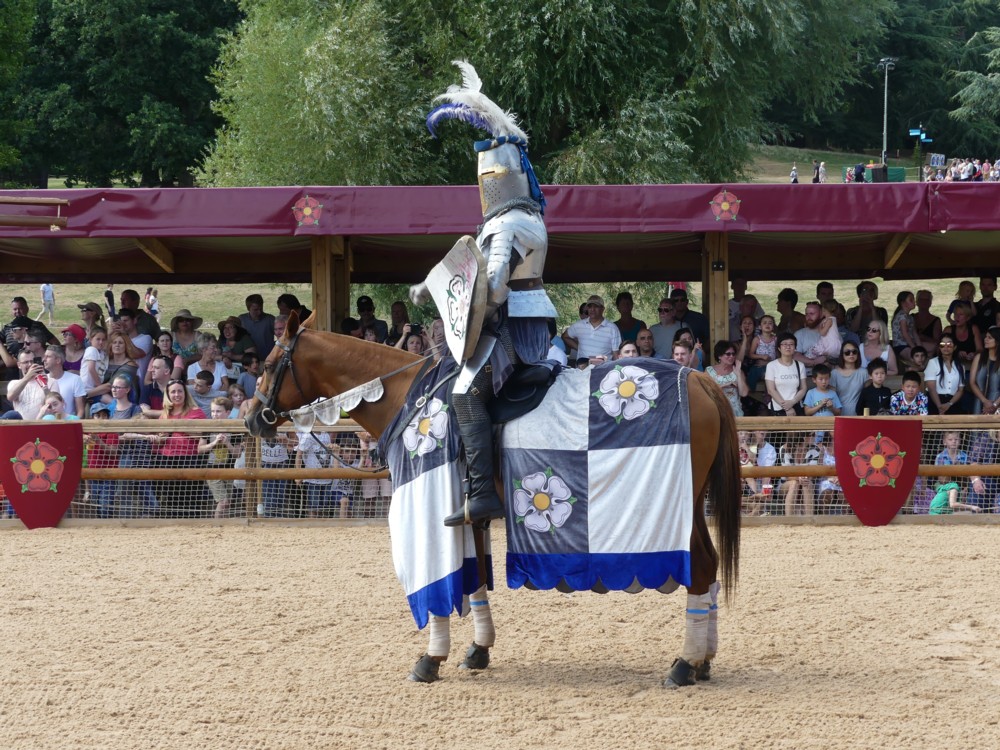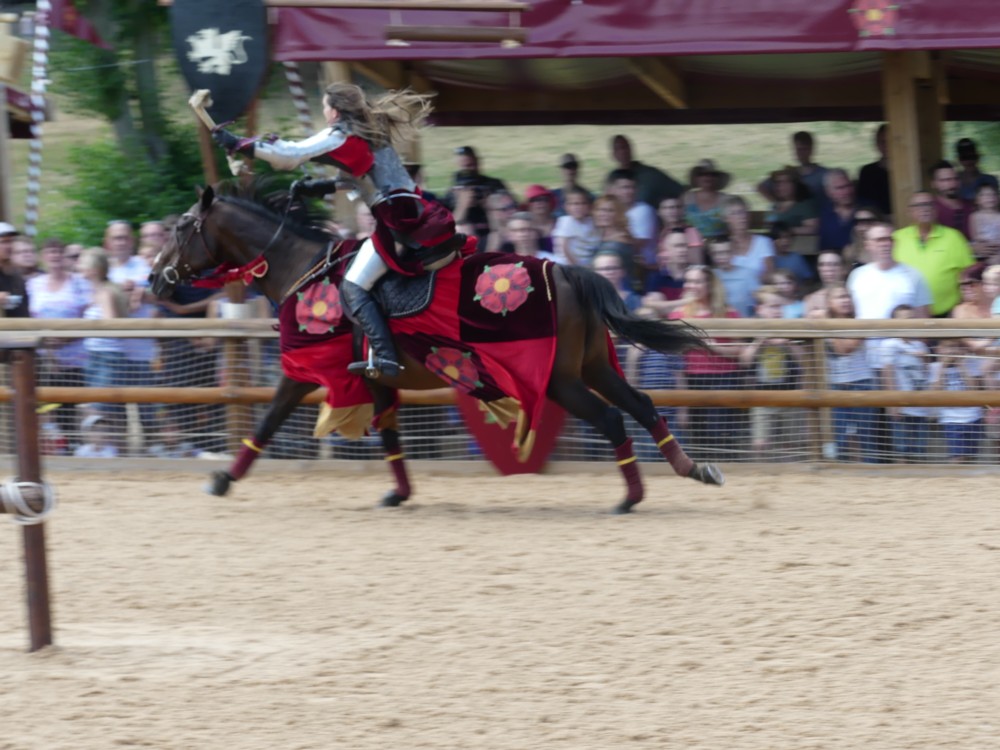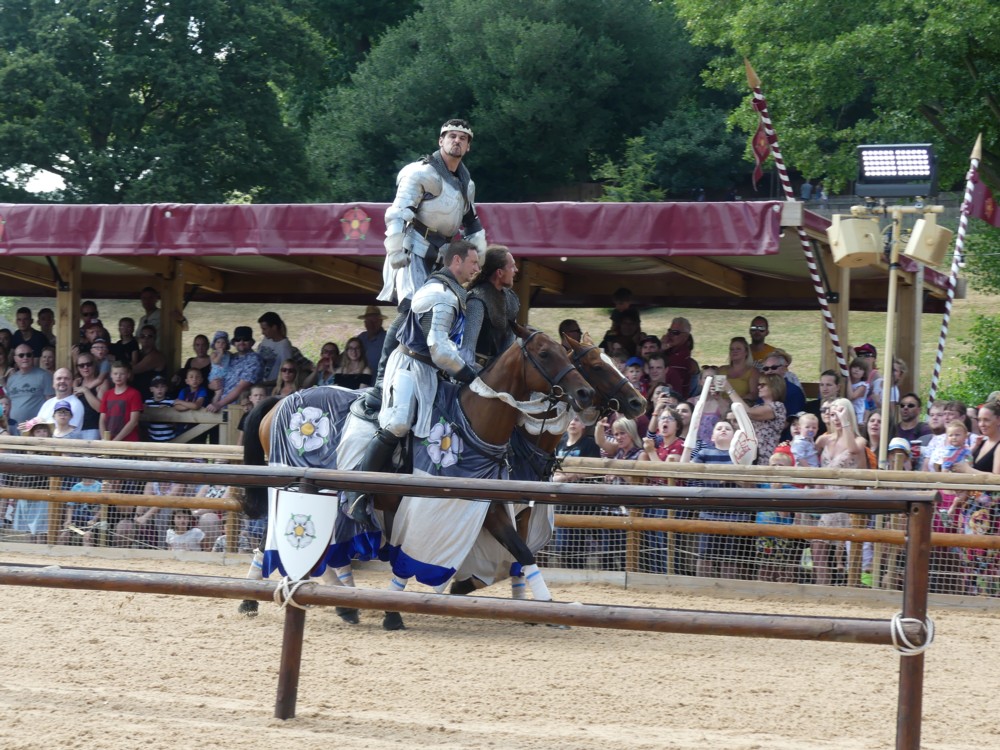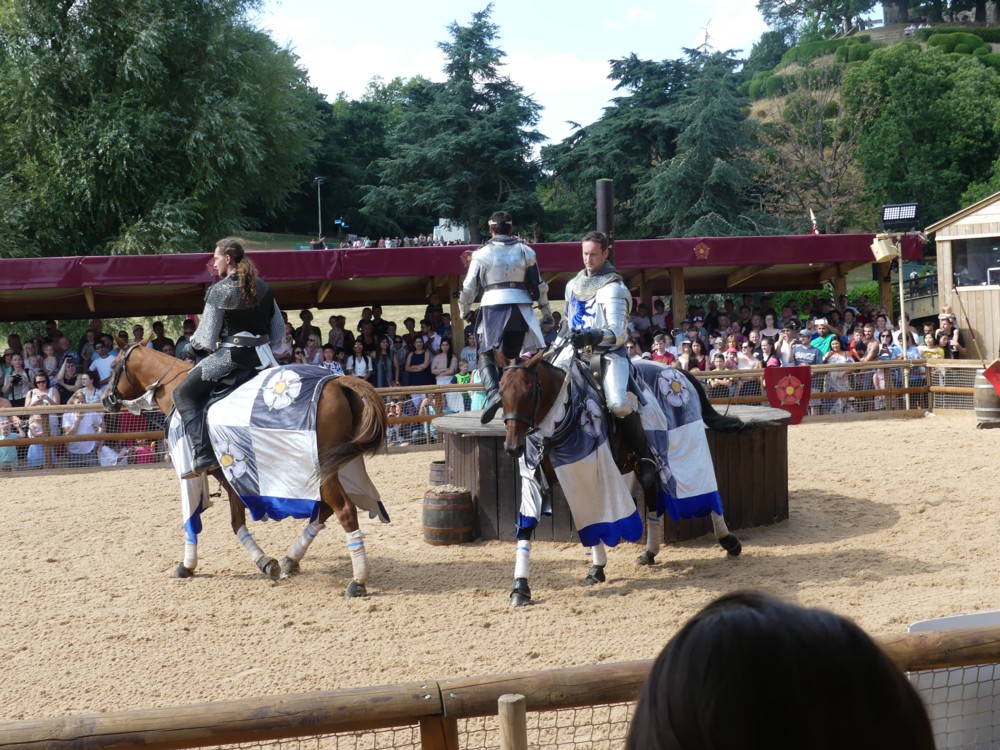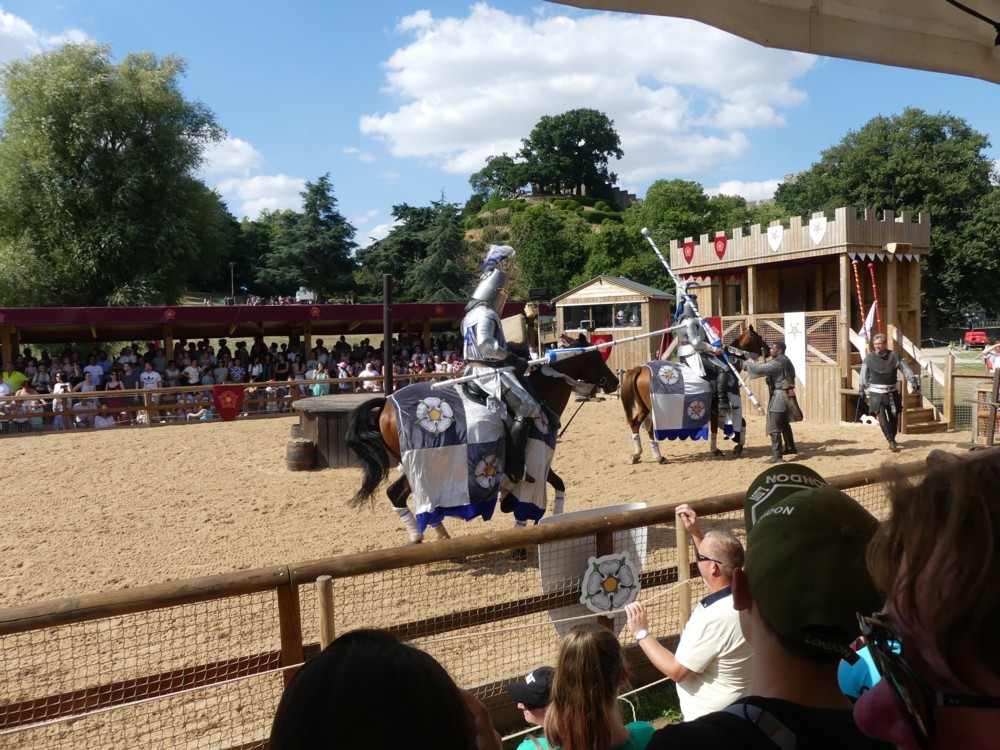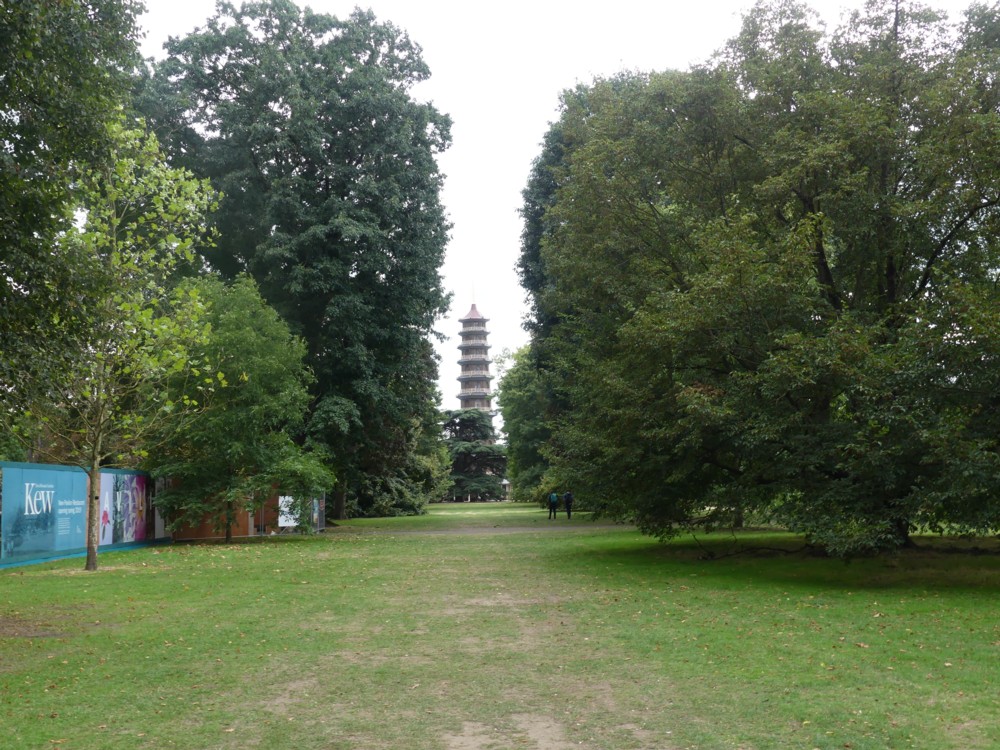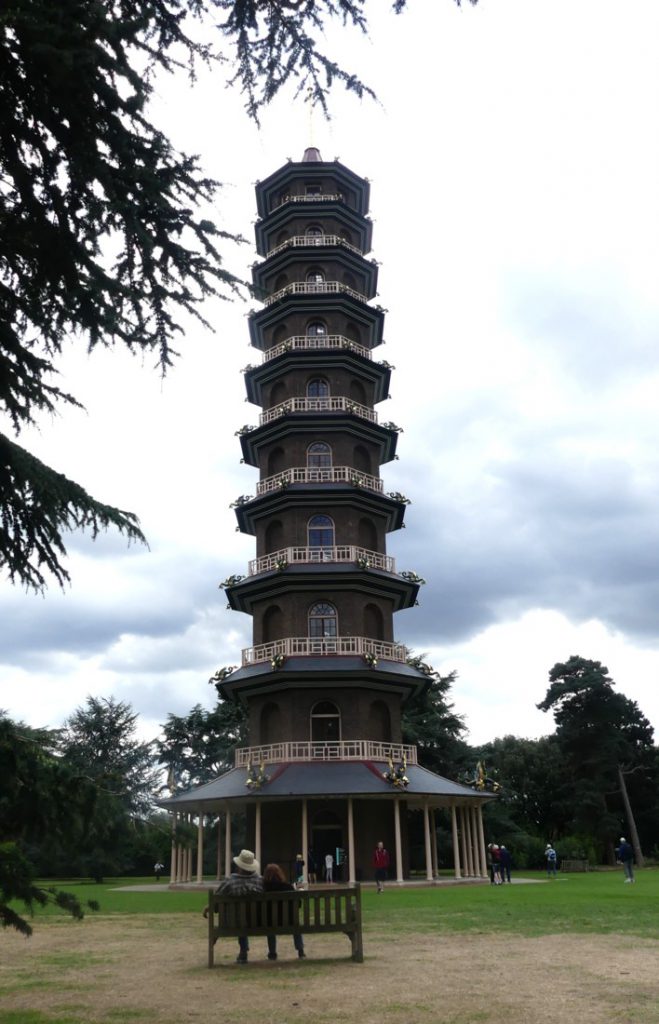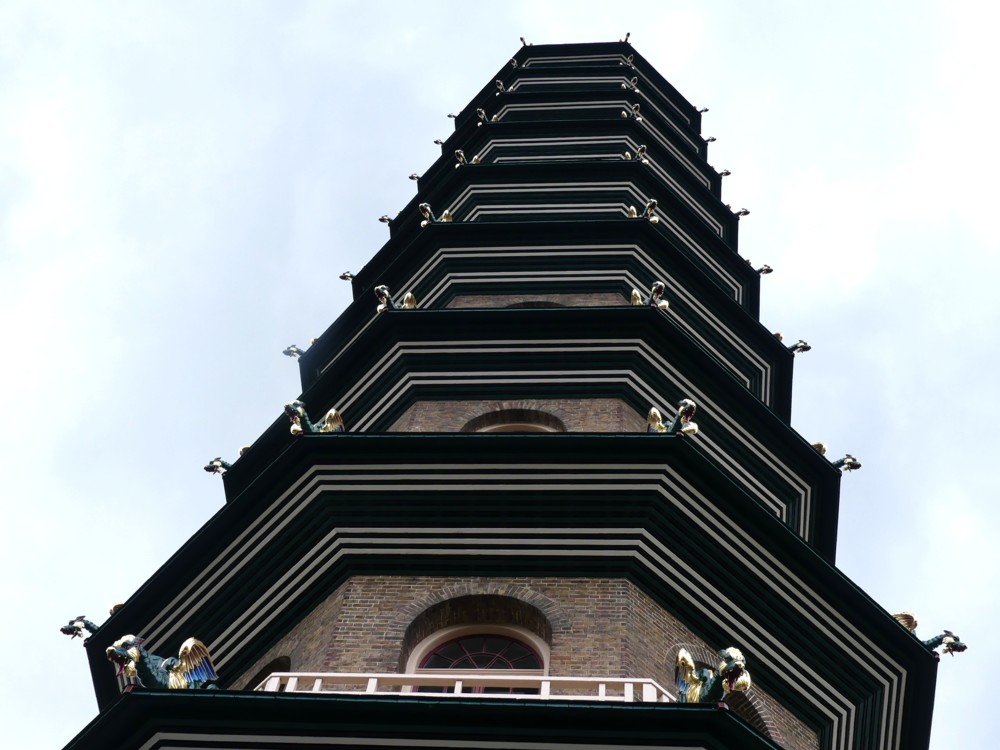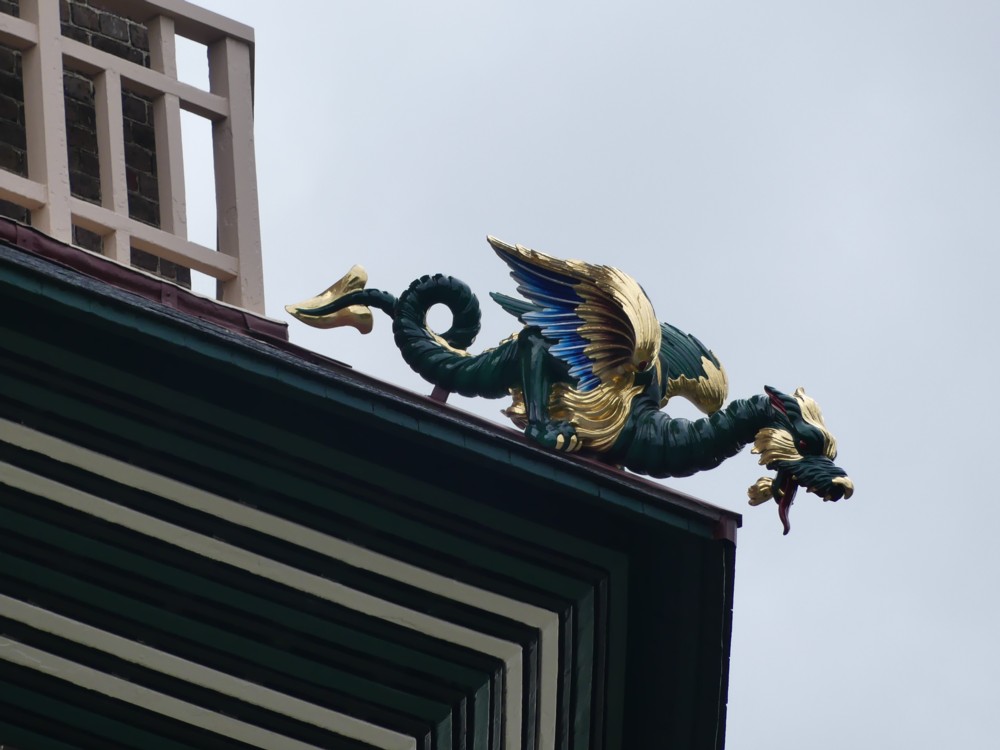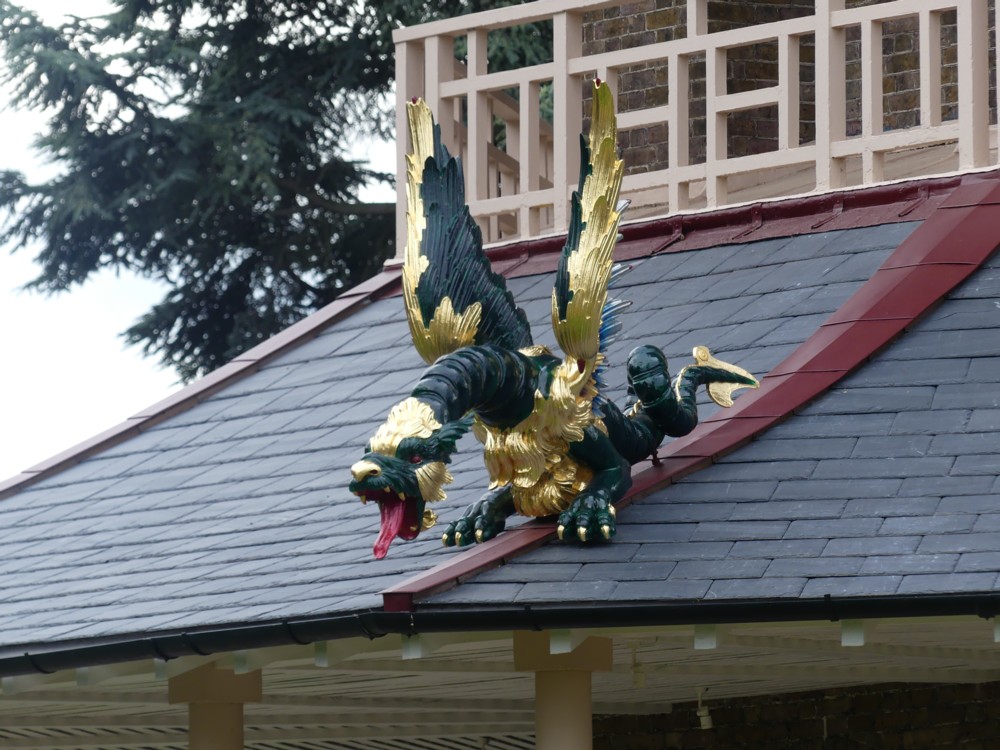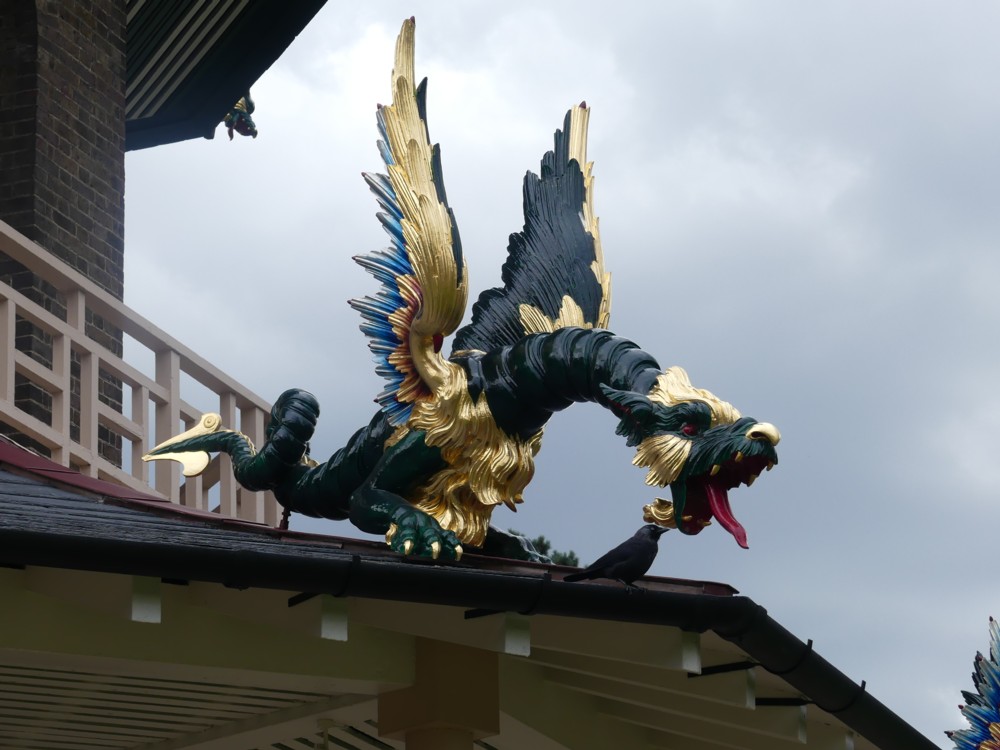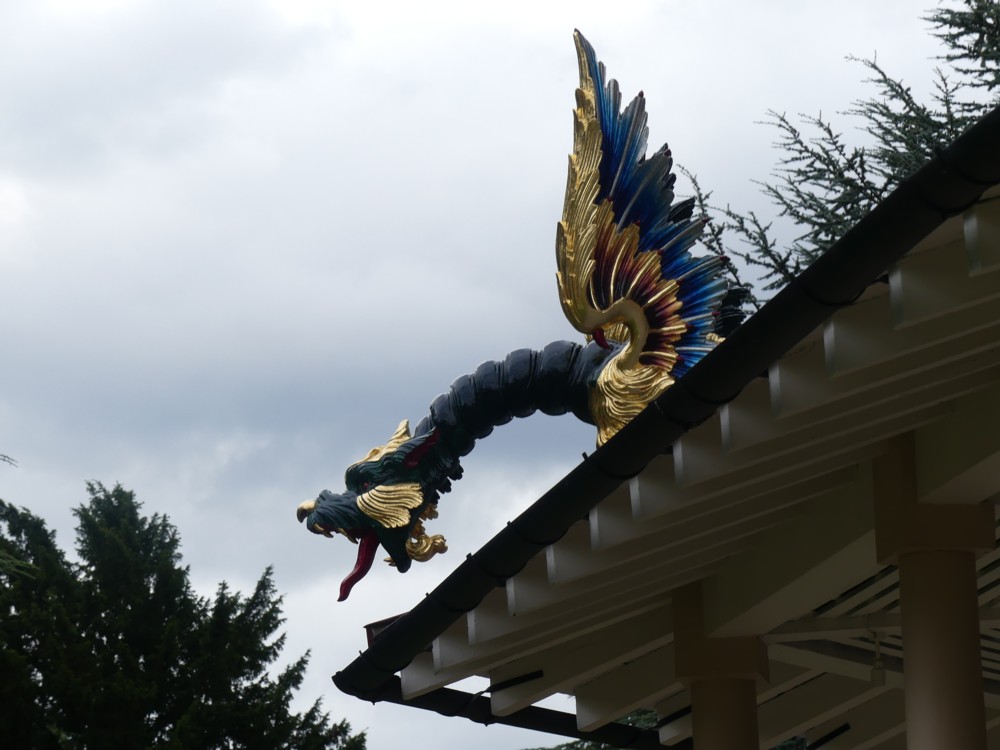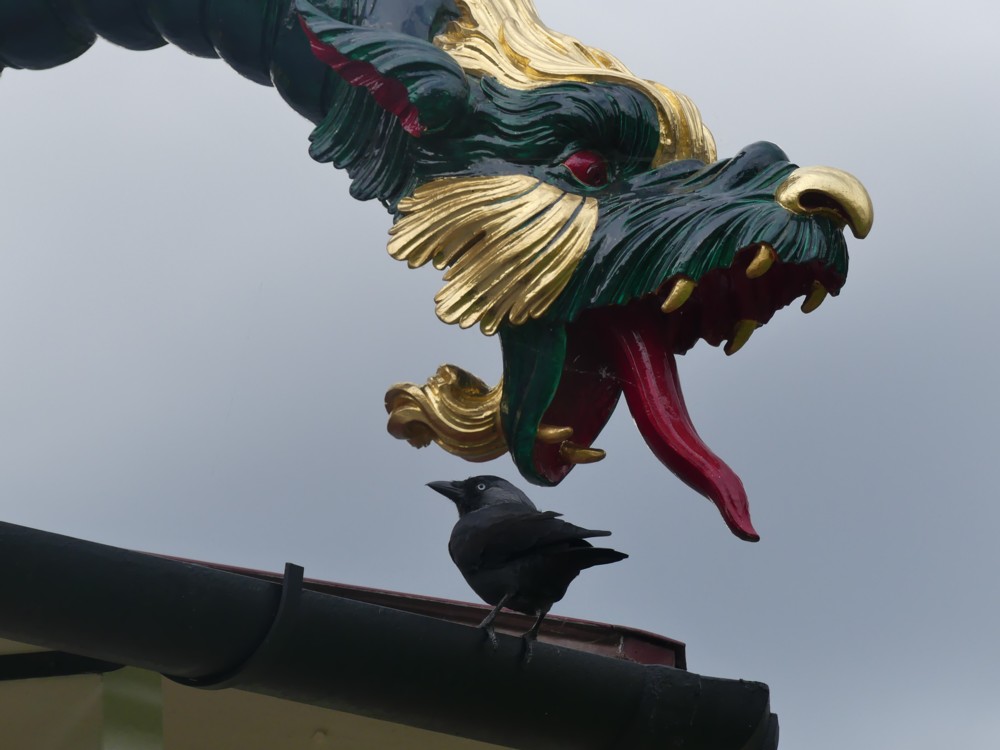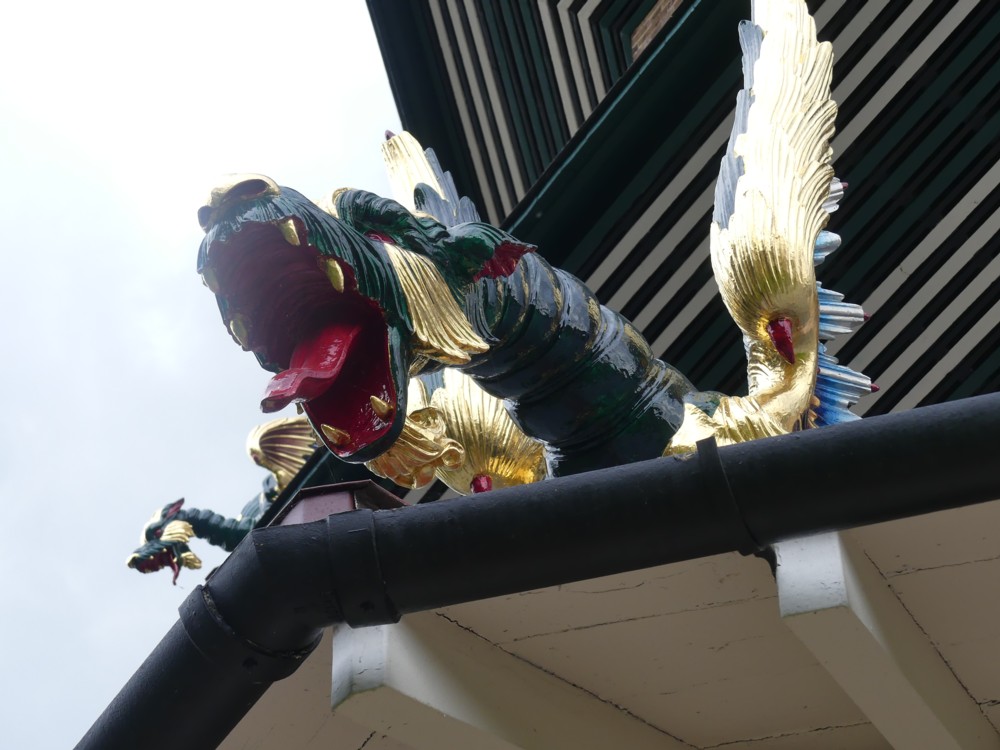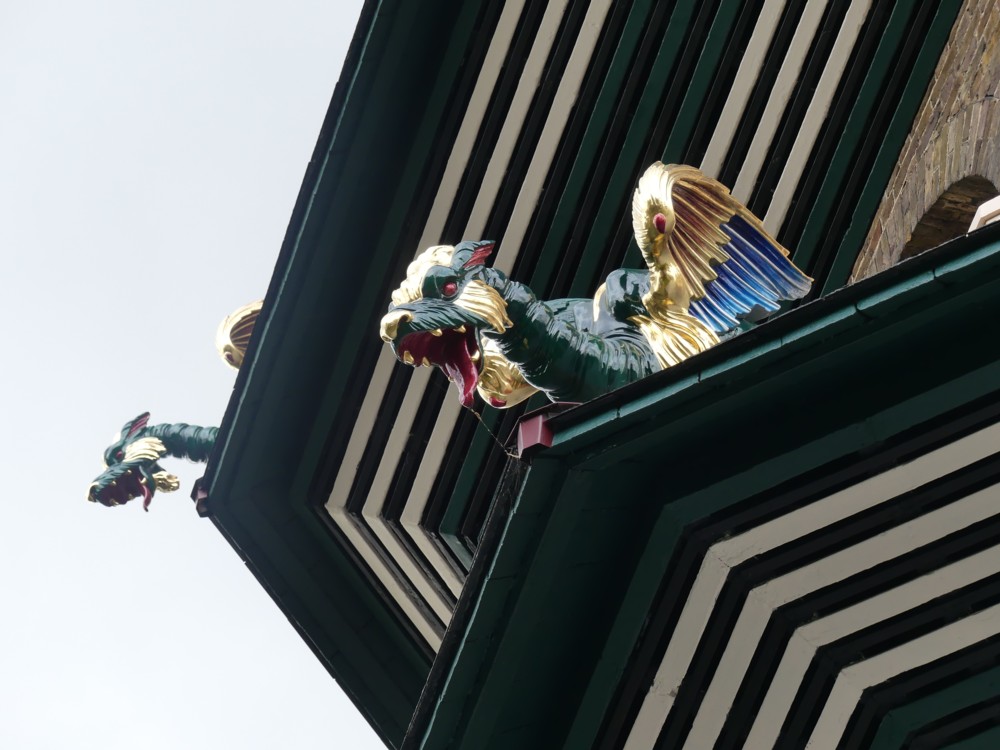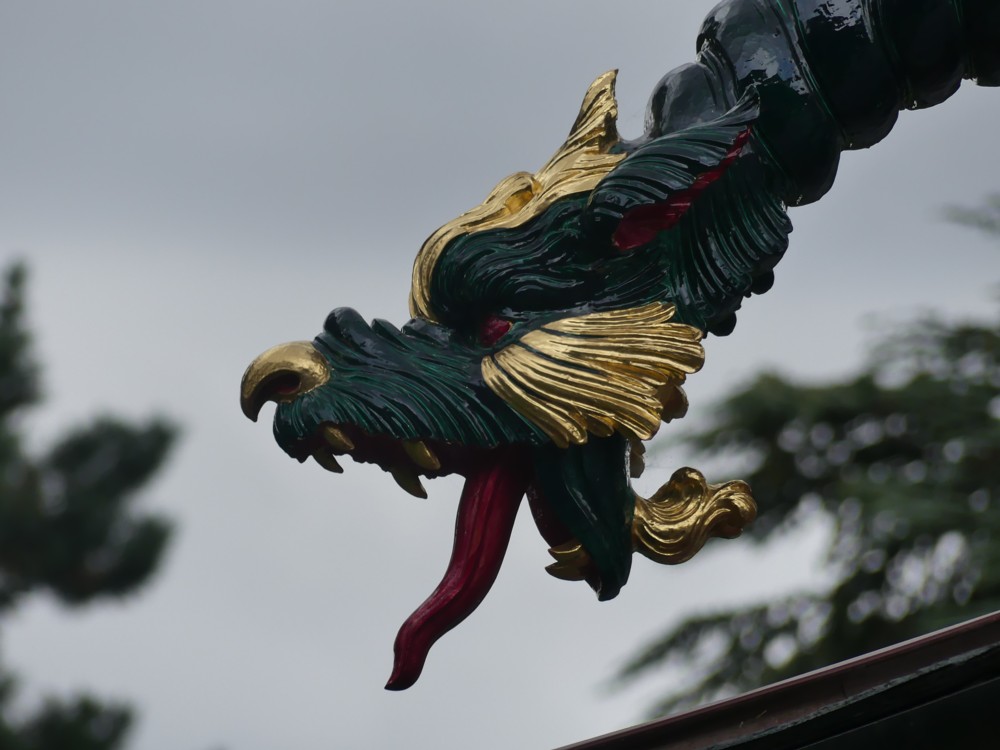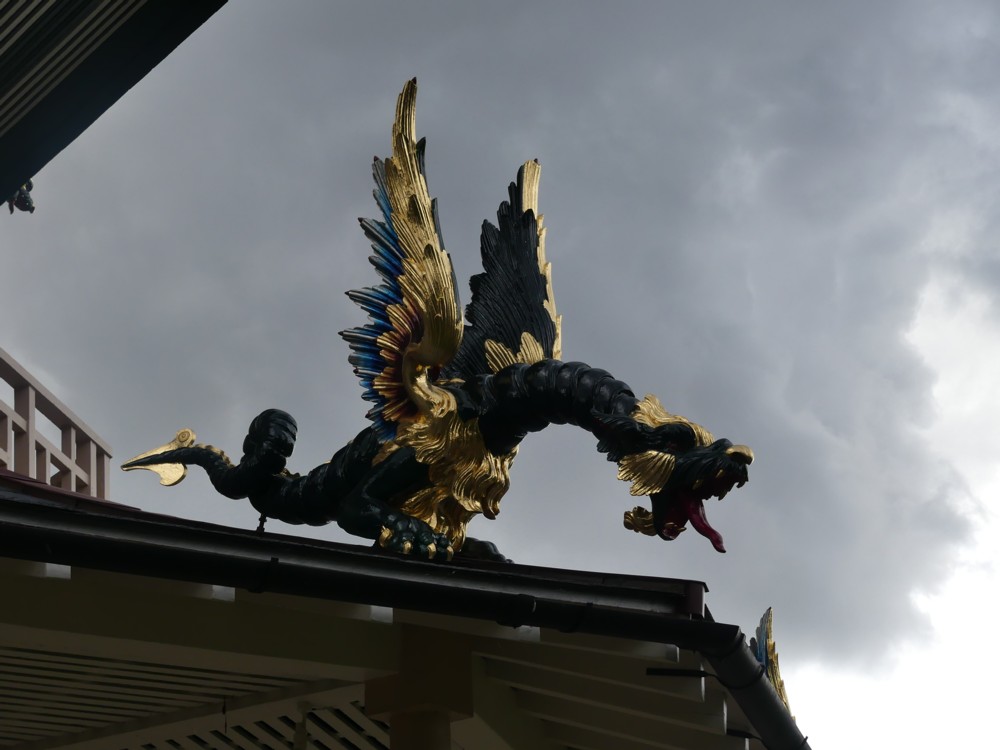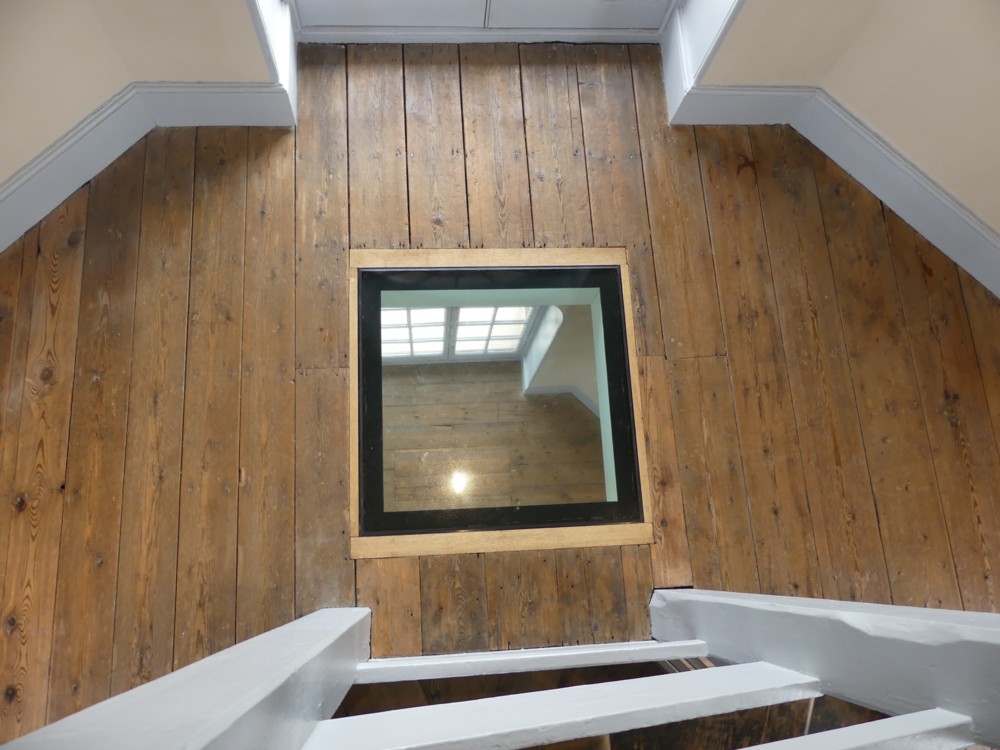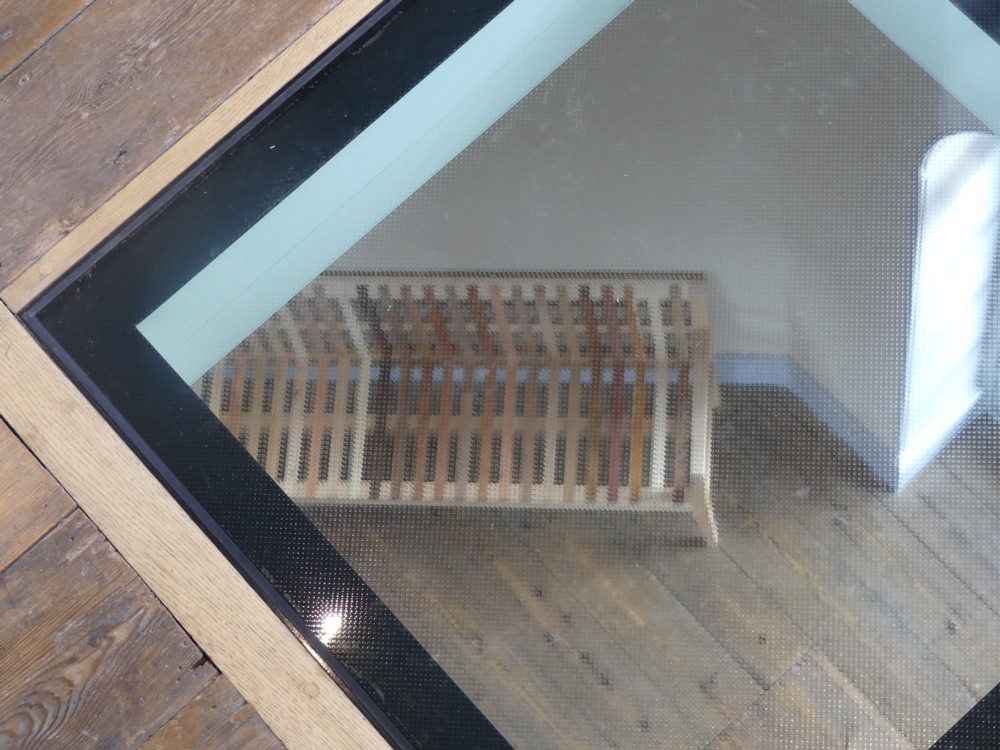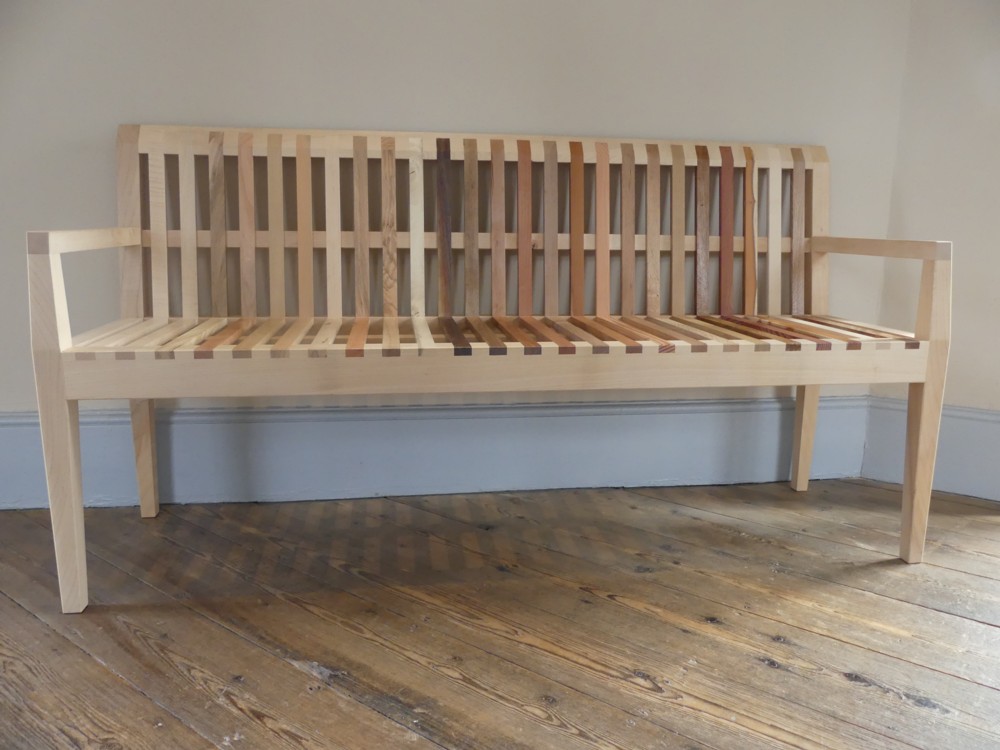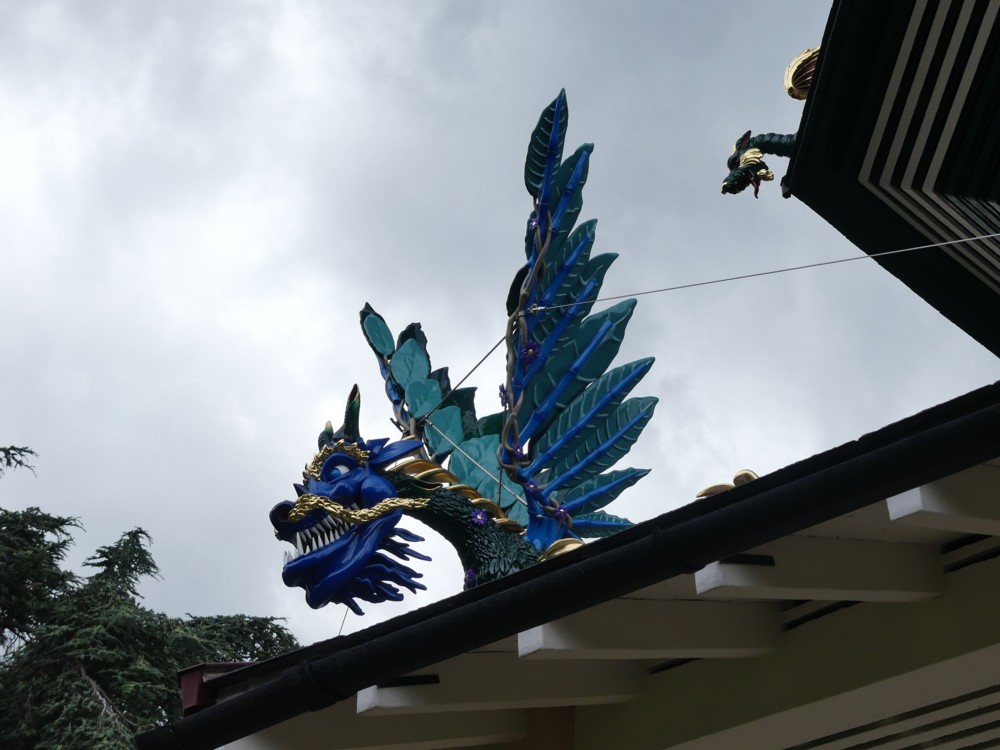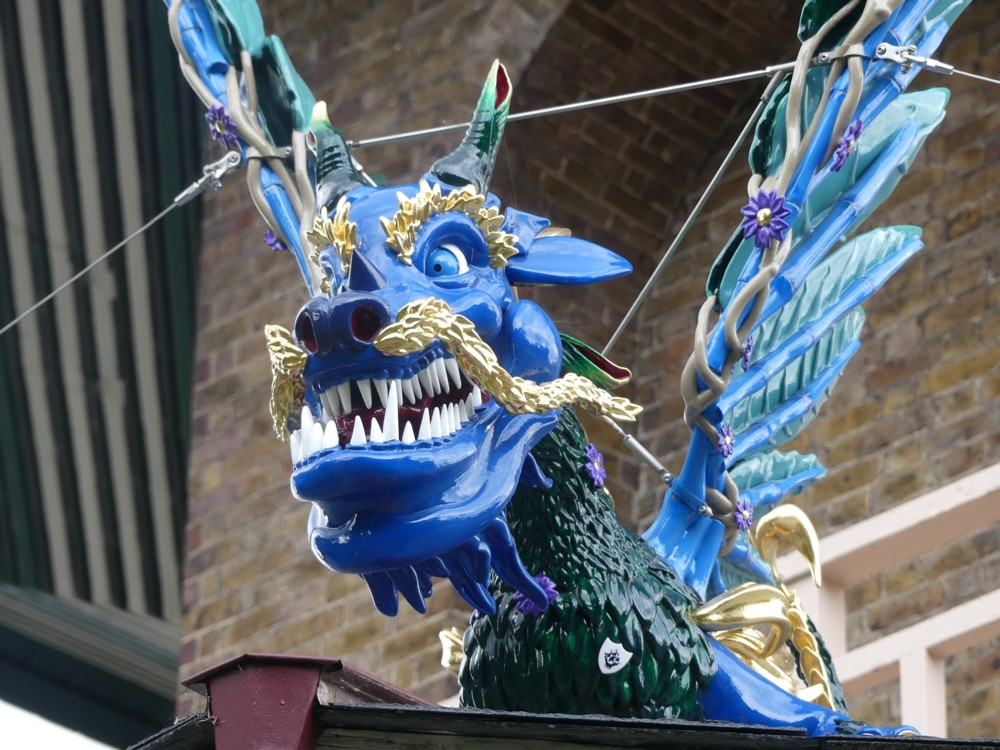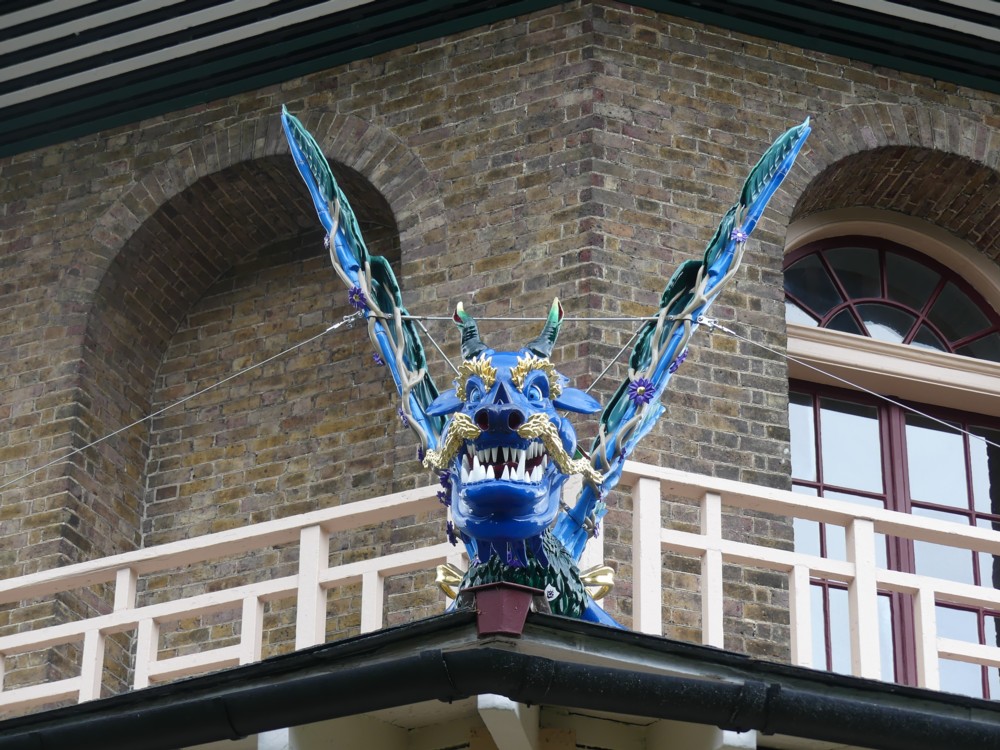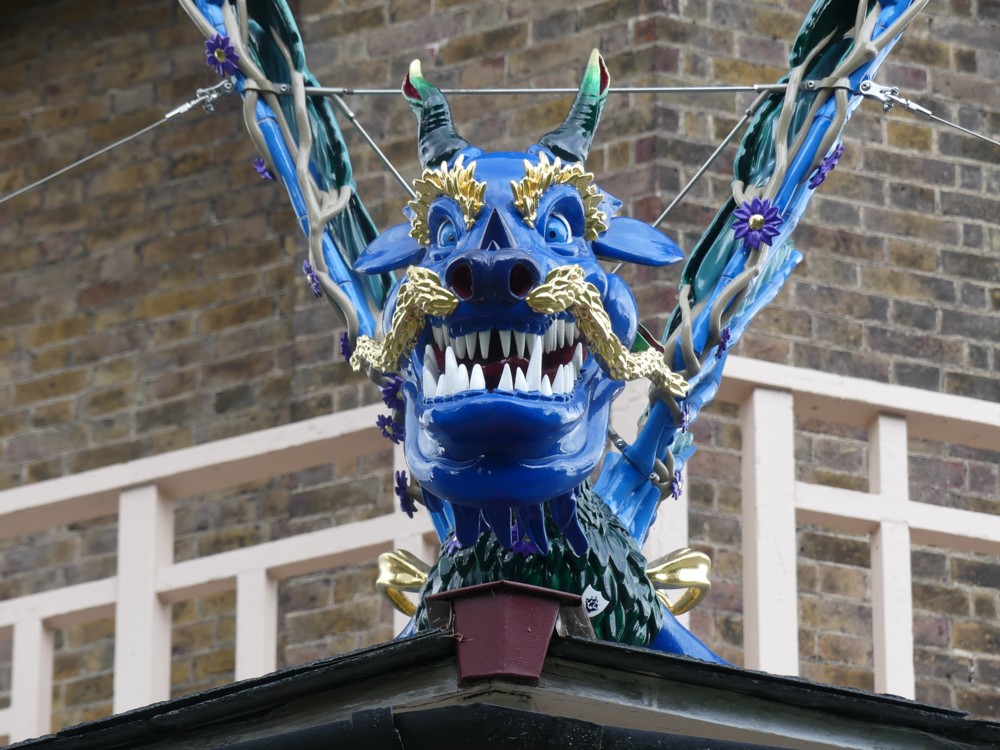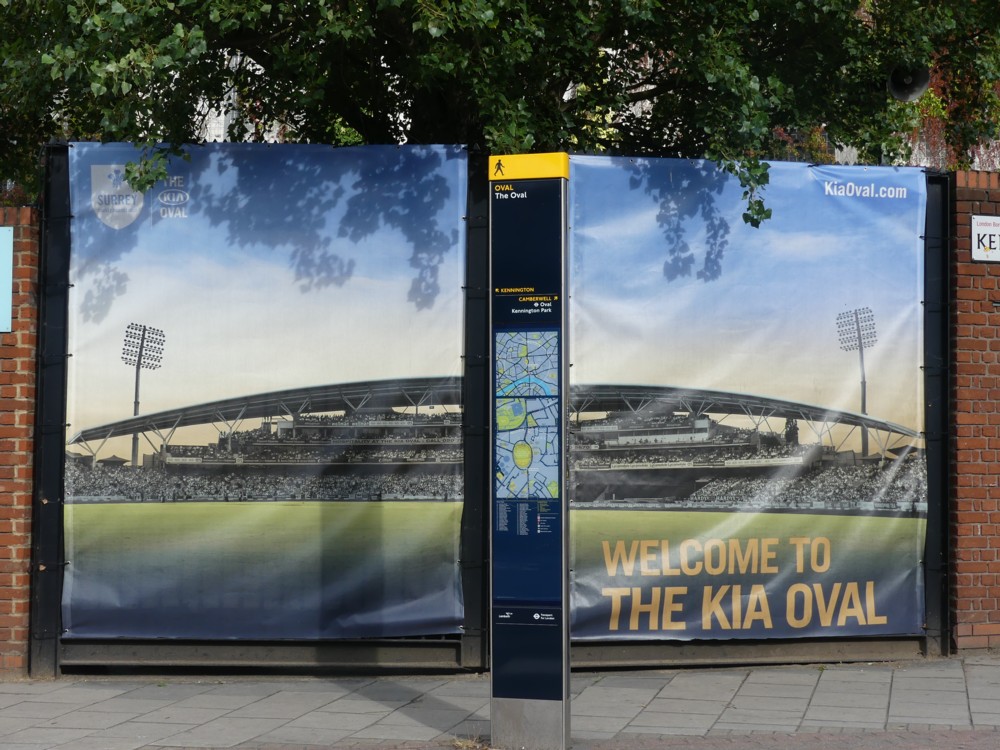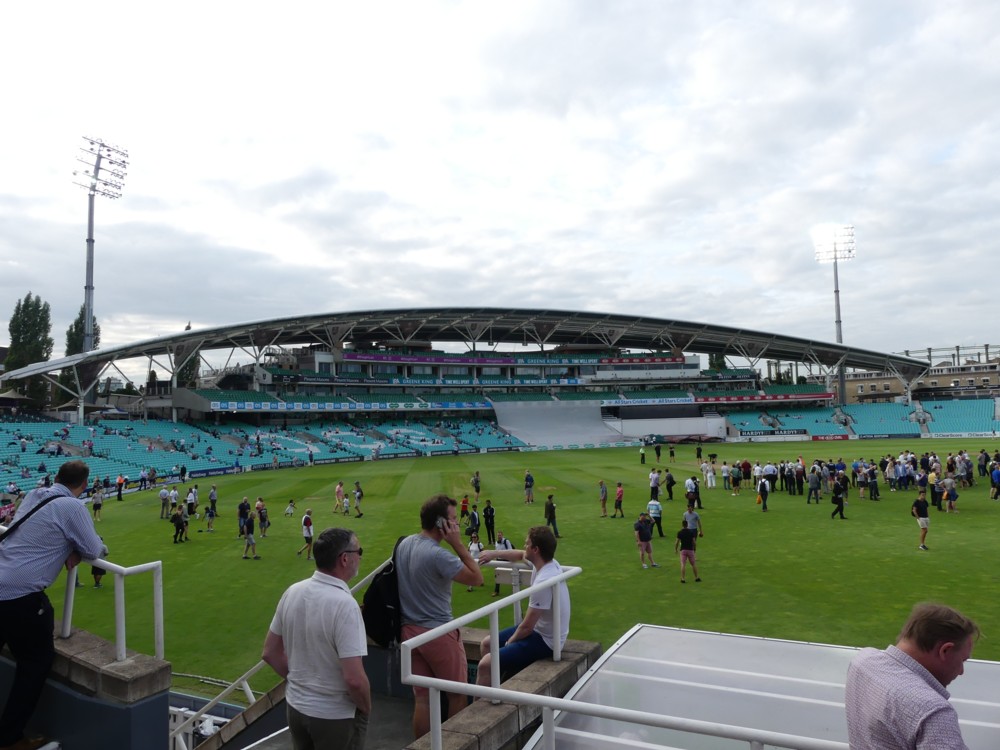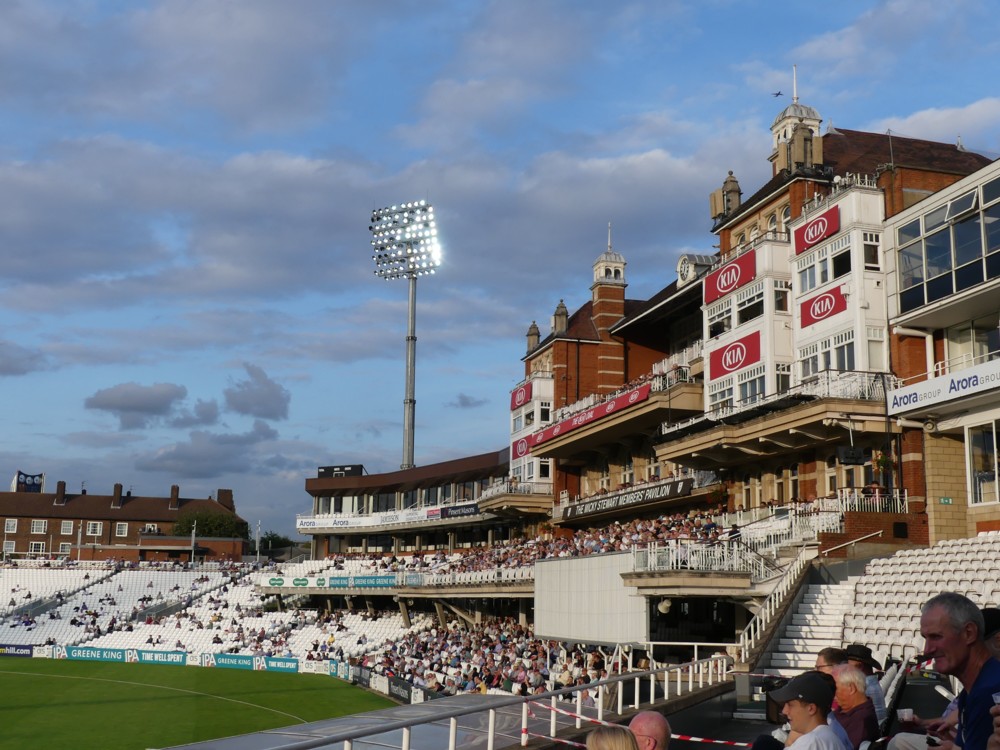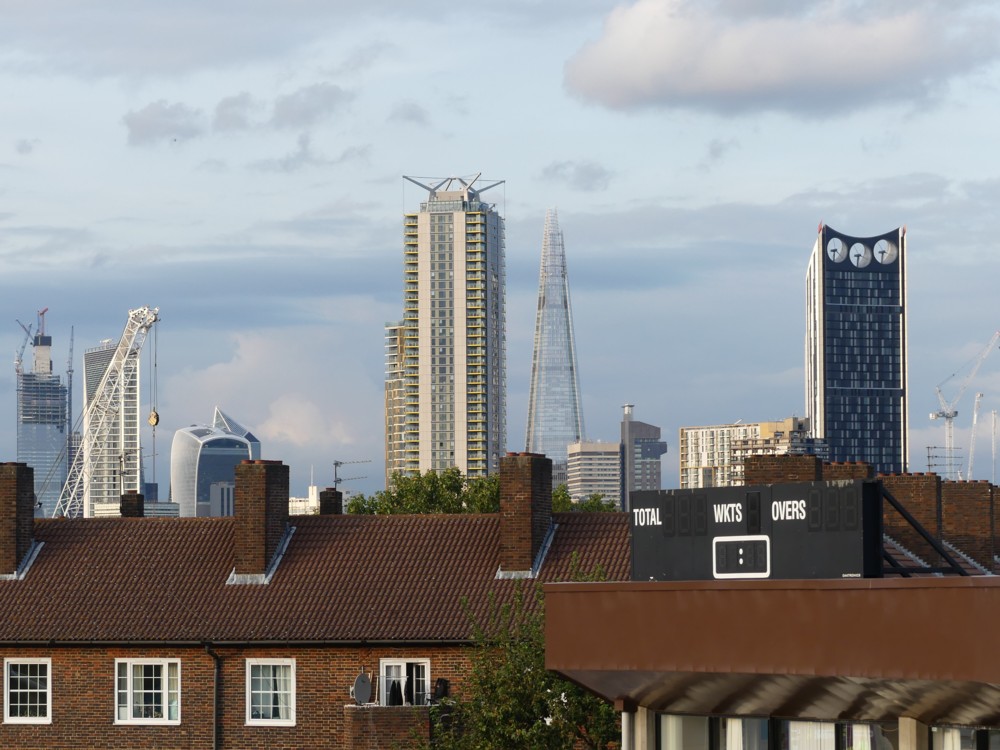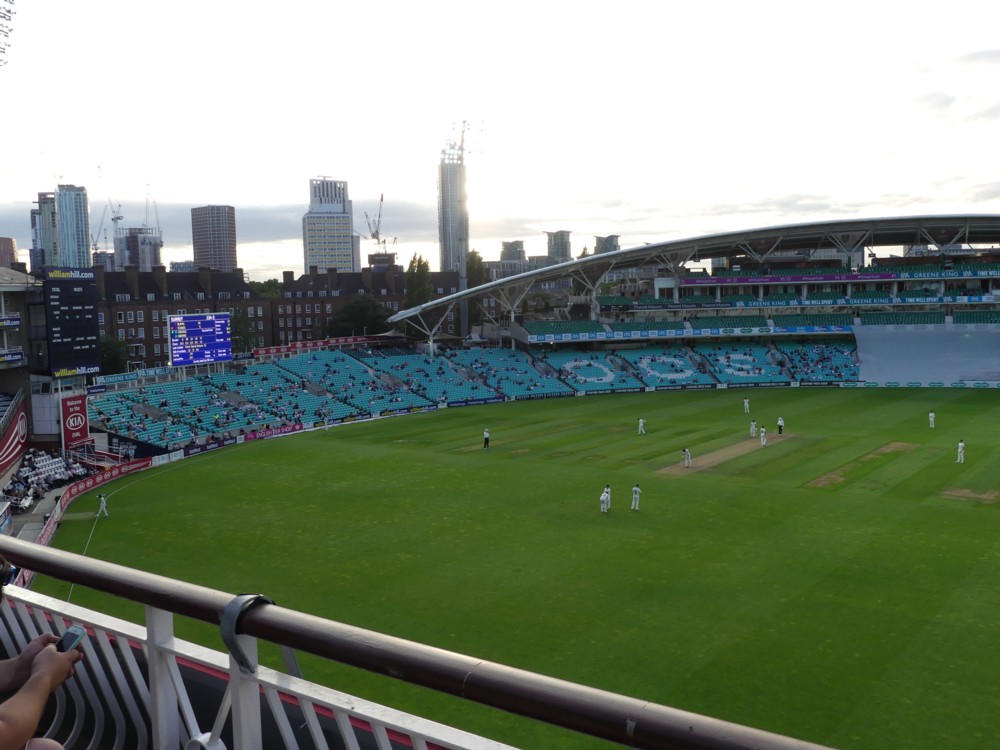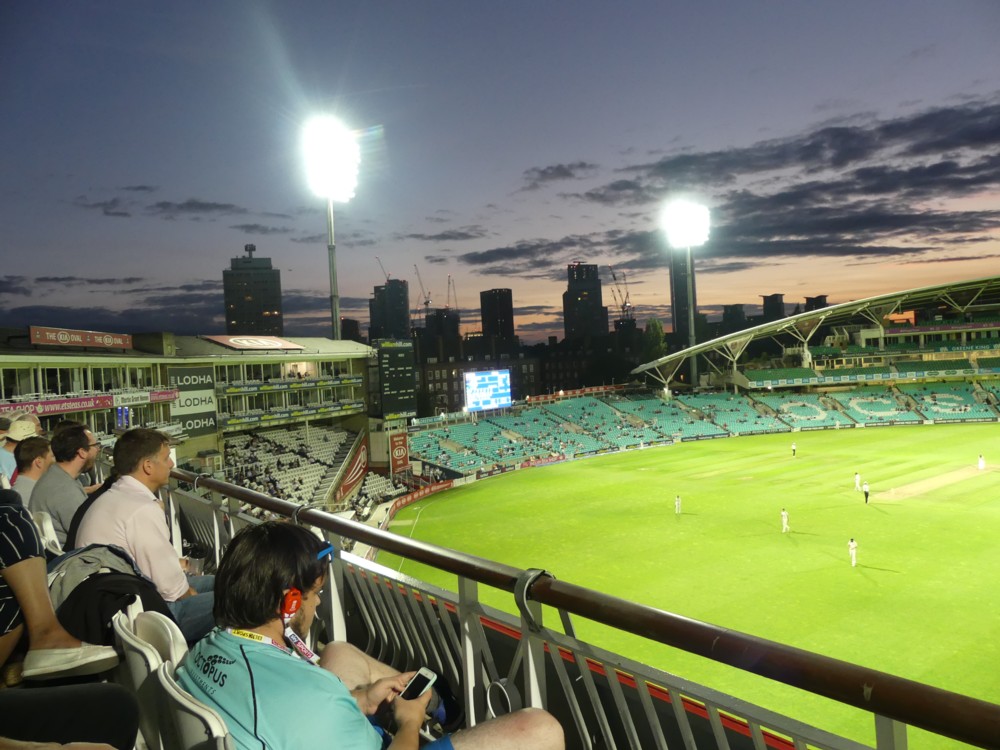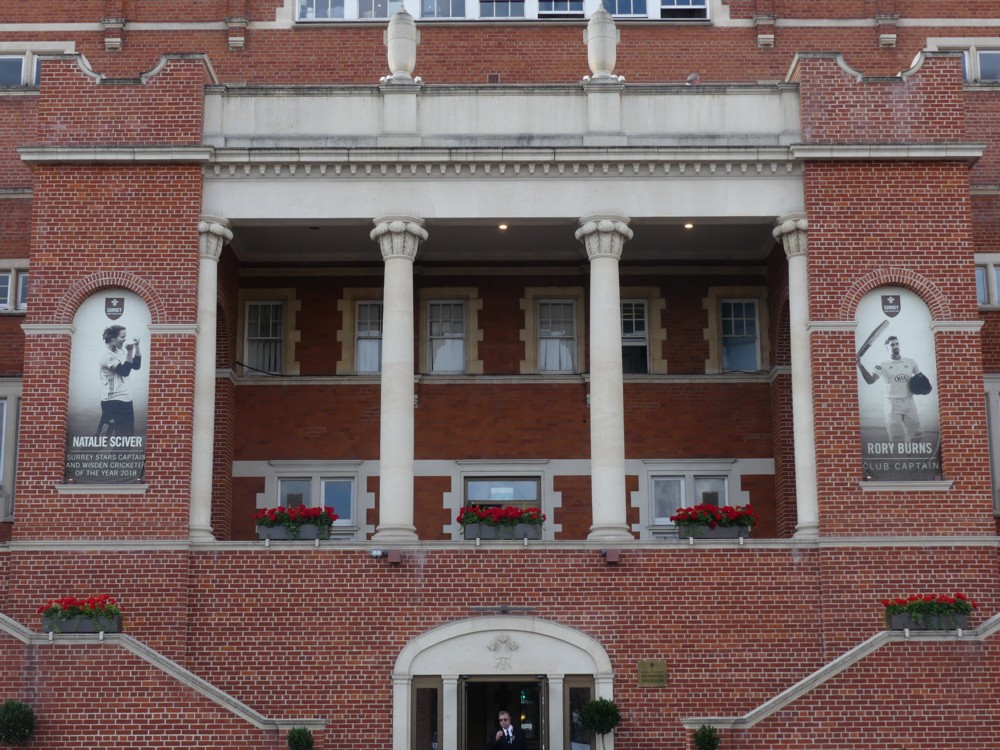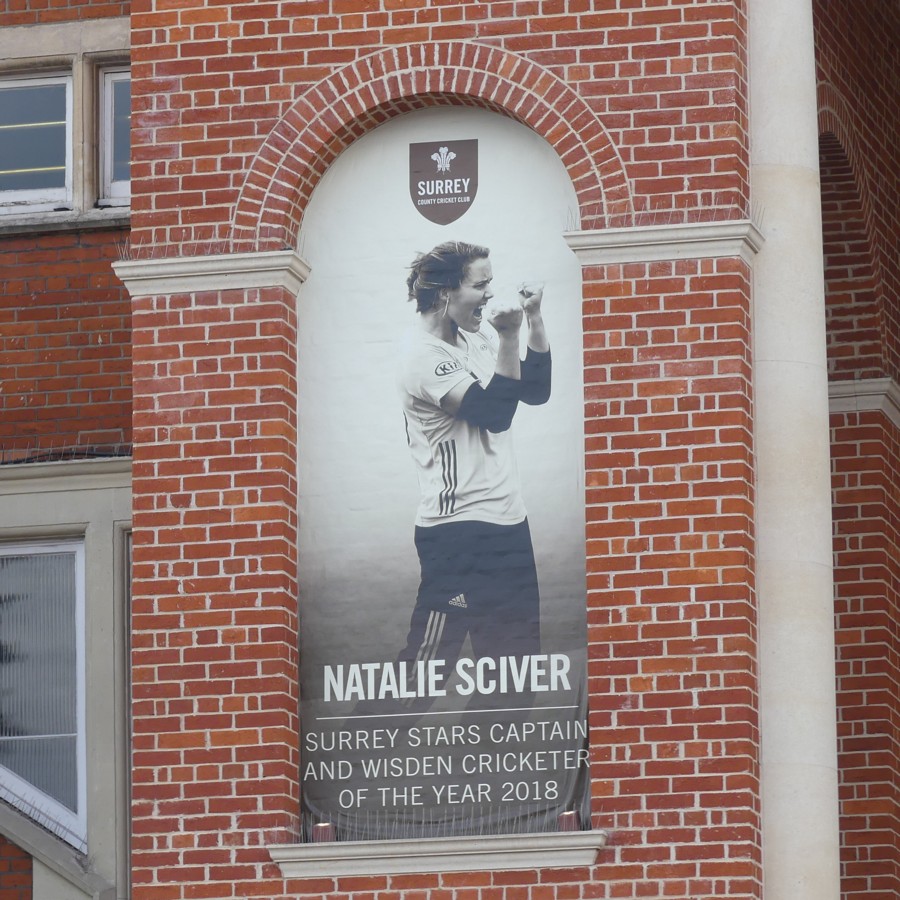For quite some while now, ever since August (I think it must have been) 2017, when we talked about World War 1, Patrick Crozier and I have been doing a podcast every few weeks or so.
Here is where to find them all, that first one in the series about WW1 being
here.
But what has anyone besides us been making of these podcasts? That’s if anyone has actually been listening to them.
Anyone besides me. I find it very helpful to record interesting thoughts, and in particular big questions, in this “public” form. Questions like: Why did the rulers of Britain decide that Britain should plunge into World War 1, in the horribly destructive and self-destructive (as it turned out) way that they did? And why, having discovered how destructive the war was becoming, did all those engaged in it not put a stop to it? What the hell were they thinking? I want to remember such questions until I have something approximating to answers.
But that’s just me. I’m terrible at note-taking. Oh, I take notes, but later I can’t even read the damn things, let alone store them in a way that enables me to get back to them. On the other hand, I love to have places, in something resembling “public”, where I can shove notes, and where others can, at least in theory, help me improve on them and flesh them out, or correct them when they’re wrong. Instead of me just forgetting everything.
Once I know other people just might be noticing what I have said or written, I find I can pay attention to it also. Books, these are things I can remember that I own and keep worrying away at, not least because they have big words written on them which I can see on my walls. My own thoughts, scribbled on scraps of paper, forget about it. As in: I forget about it.
All of that being part of why I so like blogging, and also doing these podcasts with Patrick.
But that’s just me. That’s why I like listening to these podcasts. Why would anyone else want to listen to them? I don’t know, but I’d love if if someone else were to listen to some of these podcasts, like them, and then tell us why.
This was why I was so pleased when someone else recently did say they’d been listening to these podcasts, and say that he did like them.
In a comment thread attached to this First Official Posting here, and in among a lot of jibber-jabber about comment approval and RSS feeds and suchlike, “Rob” (and I know who that is) mentioned that if I and Michael Jennings (the man who set up and is still helping me with this new blog of mine) were ever to do any more podcasts, he, Rob, would listen to them. I replied that Patrick Crozier and I had been doing some podcasts. A bit of a while later, Rob said this:
I have listened to the croziervision podcasts and like them too.
Big moment. Our very first positive feedback. Someone who took no part in these conversations nevertheless liked listening to them.
My question to Rob, no disrespect at all intended, is: Why? What have we been doing right? I’d genuinely like to know. Because then we can tell other people why Rob liked listening to these podcasts, and a few further people might like the sound of them, and tune in also, and then like the actual sound of them. A comment on this from Rob might even accomplish this automatically.

